

| Region rejsu : Północna Europa |
| Firma : Oceania Cruises |
| Statek : Marina |
| Data rozpoczęcia : czw. 19 sie 2027 |
| Data zakończenia : czw. 28 paź 2027 |
| Liczba nocy : 70 nocy |
| Dzień | Data | Port | Wypłynięcie | Odpłynięcie |
|---|---|---|---|---|
| 1 | 19.08 czw. | Reykjavik / Islandia | 06:00 | 16:00 |
| 2 | 20.08 pt. | Isafjordur / Islandia | 07:00 | 17:00 |
| 3 | 21.08 sob. | Akureyri / Islandia | 07:00 | 16:00 |
| 4 | 22.08 niedz. | Djupivogur / Islandia | 09:00 | 15:00 |
| 5 | 23.08 pon. | Torshavn / Faroe Islands | 09:00 | 17:00 |
| 6 | 24.08 wt. | Lerwick / Wielka Brytania | 10:00 | 18:00 |
| 7 | 25.08 śr. | Måløy | 10:00 | 20:00 |
| 8 | 26.08 czw. | Zatoka / Islandia | 10:00 | 20:00 |
| 9 | 27.08 pt. | Mons / Belgia | 09:00 | 20:00 |
| 10 | 28.08 sob. | Haugesund / Norway | 08:00 | 18:00 |
| 11 | 29.08 niedz. | Stavanger / Norway | 07:00 | 14:00 |
| 12 | 30.08 pon. | Dzień na morzu / Morze | ||
| 13 | 31.08 wt. | Londyn / Wielka Brytania | 07:00 | 17:00 |
| 14 | 1.09 śr. | Dzień na morzu / Morze | ||
| 15 | 2.09 czw. | Dundee / Wielka Brytania | 04:00 | 16:00 |
| 16 | 3.09 pt. | Invergordon / Wielka Brytania | 07:00 | 17:00 |
| 17 | 4.09 sob. | Stornoway / Wielka Brytania | 07:00 | 15:00 |
| 18 | 5.09 niedz. | Killibegs / Irlandia | 08:00 | 18:00 |
| 19 | 6.09 pon. | Belfast / Wielka Brytania | 08:00 | 20:00 |
| 20 | 7.09 wt. | Glasgow / Wielka Brytania | 07:00 | 19:00 |
| 21 | 8.09 śr. | Dublin / Irlandia | 07:00 | 19:00 |
| 22 | 9.09 czw. | Waterford / Irlandia | 07:00 | 17:00 |
| 23 | 10.09 pt. | Fowey / Wielka Brytania | 08:00 | 18:00 |
| 24 | 11.09 sob. | Londyn / Wielka Brytania | 07:00 | 17:00 |
| 25 | 12.09 niedz. | Używany | 08:00 | 18:00 |
| 26 | 13.09 pon. | Rotterdam / Holandia | 07:00 | 17:00 |
| 27 | 14.09 wt. | IJmuiden | 07:00 | 18:00 |
| 28 | 15.09 śr. | Newcastle / Wielka Brytania | 11:00 | 19:00 |
| 29 | 16.09 czw. | Edynburg / Wielka Brytania | 07:00 | 19:00 |
| 30 | 17.09 pt. | Dzień na morzu / Morze | ||
| 31 | 18.09 sob. | Hamburg / Niemcy | 07:00 | 21:00 |
| 32 | 19.09 niedz. | Hamburg / Niemcy | 09:00 | 18:00 |
| 33 | 20.09 pon. | Dzień na morzu / Morze | ||
| 34 | 21.09 wt. | Paryż / Francja | 07:00 | 17:00 |
| 35 | 22.09 śr. | Dzień na morzu / Morze | ||
| 36 | 23.09 czw. | La Rochelle / Francja | 07:00 | 19:00 |
| 37 | 24.09 pt. | Pauillac / Francja | 07:00 | 19:00 |
| 38 | 25.09 sob. | Bilbao / Hiszpania | 09:00 | 18:00 |
| 39 | 26.09 niedz. | La Coruna / Hiszpania | 11:00 | 19:00 |
| 40 | 27.09 pon. | SANTIAGO Z COMPOSTELI | 08:00 | 18:00 |
| 41 | 28.09 wt. | Porto / Portugalia | 07:00 | 18:00 |
| 42 | 29.09 śr. | Lizbona / Portugalia | 07:00 | 17:00 |
| 43 | 30.09 czw. | Dzień na morzu / Morze | ||
| 44 | 1.10 pt. | Agadir / Morocco | 07:00 | 15:00 |
| 45 | 2.10 sob. | Casablanka / Morocco | 09:00 | 18:00 |
| 46 | 3.10 niedz. | Algeciras | 10:00 | 19:00 |
| 47 | 4.10 pon. | Malaga / Hiszpania | 08:00 | 20:00 |
| 48 | 5.10 wt. | Cartagena (Bolívar) / Kolumbia | 10:00 | 20:00 |
| 49 | 6.10 śr. | Ibiza / Hiszpania | 12:00 | 22:00 |
| 50 | 7.10 czw. | Port Maon / Hiszpania | 09:00 | 18:00 |
| 51 | 8.10 pt. | Barcelona / Hiszpania | 07:00 | 17:00 |
| 52 | 9.10 sob. | Walencja / Hiszpania | 09:00 | 18:00 |
| 53 | 10.10 niedz. | Palma de Mallorca / Hiszpania | 07:00 | 17:00 |
| 54 | 11.10 pon. | Alicante / Hiszpania | 08:00 | 18:00 |
| 55 | 12.10 wt. | Dzień na morzu / Morze | ||
| 56 | 13.10 śr. | Marsylia / Francja | 07:00 | 17:00 |
| 57 | 14.10 czw. | Saint Tropez / Francja | 07:00 | 17:00 |
| 58 | 15.10 pt. | Monte Carlo / Monaco | 08:00 | 18:00 |
| 59 | 16.10 sob. | Pięć Terre | 07:00 | 19:00 |
| 60 | 17.10 niedz. | FLORENCJA PIZA TOSKANIA | 07:00 | 20:00 |
| 61 | 18.10 pon. | Rzym (Civitavecchia) / Włochy | 07:00 | 17:00 |
| 62 | 19.10 wt. | SORRENTOCAPRÍ | 07:00 | 19:00 |
| 63 | 20.10 śr. | Katania / Włochy | 09:00 | 19:00 |
| 64 | 21.10 czw. | Valletta / Malta | 08:00 | 18:00 |
| 65 | 22.10 pt. | Dzień na morzu / Morze | ||
| 66 | 23.10 sob. | Gýtheio Gytheio / Grecja | 07:00 | 17:00 |
| 67 | 24.10 niedz. | Milos / Grecja | 07:00 | 17:00 |
| 68 | 25.10 pon. | Pireus (Ateny) / Grecja | 05:00 | 19:00 |
| 69 | 26.10 wt. | Volos / Grecja | 09:00 | 18:00 |
| 70 | 27.10 śr. | Kepez (Canakkale) / Turcja | 08:00 | 18:00 |
| 71 | 28.10 czw. | Stambuł / Turcja | 07:00 | 17:00 |
Twój Świat w cenie
Dzięki Twojemu Światu w cenie, będziesz cieszyć się szeroką gamą udogodnień, zapewniających najwyższy komfort i wartość rejsów ultra-premium.
Niezapomniane doznania kulinarne w licznych, wykwintnych restauracjach — wszystko bez dodatkowych opłat.
Bezpłatne kawy specjalistyczne, napoje gazowane, świeżo wyciskane soki oraz woda gazowana i niegazowana Vero Water® serwowane na całym statku.
Nielimitowany, bezpłatny dostęp do Wi-Fi w apartamentach, kabinach i wszystkich pomieszczeniach ogólnodostępnych.
Posiłki serwowane w pokoju z doskonałym wyborem dań na ciepło i zimno.
Koktajle, koktajle mleczne, gelato i firmowe lody Humphry Slocombe — zawsze w cenie.
Grupowe zajęcia fitness w Aquamar® Spa + Vitality Center są bezpłatne.
Napiwki są wliczone w cenę dla Twojej wygody.
Pranie jest bezpłatne dla wszystkich gości.
Dzięki bezpłatnym pralniom samoobsługowym na pokładzie, a także usługom prania i prasowania dla kategorii Concierge i Suite, zawsze będziesz wyglądać olśniewająco. Oprócz naszej charakterystycznej, spersonalizowanej obsługi, zapewnimy Ci wzbogacający rejs bez ukrytych kosztów i prowizji.
Podnieś poziom swoich wrażeń
Kajuty Concierge Level Veranda oferują niezrównane połączenie luksusu, przywilejów i wartości. Bogactwo udogodnień i ekskluzywnych korzyści sprawi, że Twoje wrażenia będą jeszcze bardziej wzniosłe — od dań do wyboru z The Grand Dining Room, przez bezpłatne usługi pralnicze, po nieograniczony dostęp do tarasu Aquamar Spa.
Na pokładzie Oceania Marina i Oceania Riviera możesz również skorzystać z usług dedykowanego Concierge i ekskluzywnego dostępu do prywatnego salonu Concierge Lounge.
Kajuty Concierge Level Veranda, zlokalizowane w najbardziej pożądanych miejscach statku, to coś więcej niż tylko kabiny — to niezapomniane przeżycie.
Concierge Level Veranda — Ekskluzywne przywileje
Rozszerzone menu posiłków do pokoju na lunch i kolację z The Grand Dining Room
Usługi pralnicze — do 3 sztuk bagażu na kabinę
Ekskluzywny dostęp do prywatnego salonu Concierge Lounge na statkach Oceania Marina, Oceania Riviera, Oceania Vista i Oceania Allura za pomocą karty-klucza, oferujący bezpłatne napoje, kawę, przekąski i usługi dedykowanego Concierge'a
Powitalna butelka wyśmienitego włoskiego Prosecco
Priorytetowe rezerwacje online w restauracjach specjalistycznych
Nieograniczony dostęp do tarasu Aquamar Spa
Torba z logo Oceania Cruises
Kaszmirowe koce na kolana — idealne do relaksu i przytulania
Prasowanie odzieży po wejściu na pokład
Bezpłatna usługa czyszczenia butów
Depozyt i płatności – Oceania Cruises
Depozyt ogólny:
W przypadku apartamentów typu Owner’s, Vista i Oceania Suites wymagany jest depozyt w wysokości 20% ceny rejsu od osoby.
W przypadku wszystkich pozostałych kategorii apartamentów/kabin, depozyt wynosi 500 USD od osoby.
W przypadku Grand Voyages depozyt wynosi 1500 USD od osoby.
Terminy depozytu i płatności końcowej:
Rezerwacje dokonane na ponad 150 dni przed rejsem:
Depozyt w wysokości 20% w przypadku apartamentów typu Owner’s, Vista i Oceania Suites oraz 500 USD w przypadku wszystkich pozostałych kategorii wymagany jest w ciągu 5 dni od rezerwacji.
Rezerwacje dokonane na 90–120 dni przed rejsem:
Pełna płatność wymagana w ciągu 3 dni od rezerwacji.
Rezerwacje dokonane na 0–90 dni przed rejsem:
Pełna płatność wymagana w dniu rezerwacji.
Ważne:
Rezerwacje, które nie zostaną wpłacone lub opłacone w całości zgodnie z niniejszym harmonogramem, zostaną automatycznie anulowane. O ile nie zaznaczono inaczej, płatność końcowa musi wpłynąć do Oceania Cruises na 150 dni przed wypłynięciem w przypadku rejsów krótszych niż 15 dni oraz na 150 dni w przypadku rejsów trwających 15 dni lub dłużej.
Oceania Cruises zastrzega sobie prawo do anulowania rezerwacji, które nie zostały w pełni opłacone w momencie płatności końcowej.
Informacje dodatkowe:
Dane paszportowe i specjalne prośby dotyczące usług pokładowych należy przesłać w momencie płatności końcowej.
Płatności można dokonać czekiem osobistym, kartą American Express, Discover, MasterCard lub Visa.
Dla wygody płatność końcowa może zostać automatycznie pobrana z karty kredytowej użytej do wpłaty początkowej.
Oceania Cruises nie ponosi odpowiedzialności za opłaty walutowe ani opłaty transakcyjne pobierane niezależnie przez banki wystawiające karty. Opłaty te nie przysługują Oceania Cruises.
Płatności kartami kredytowymi osób trzecich są akceptowane wyłącznie po uzyskaniu ważnej autoryzacji od posiadacza karty.
Depozyt i płatność – rejsy 180-dniowe
W przypadku rejsów 180-dniowych wymagany jest depozyt w wysokości 20% ceny rejsu od osoby za wszystkie apartamenty i kabiny w ciągu 7 dni od rezerwacji.
Ostateczna płatność musi zostać otrzymana najpóźniej 181 dni przed wypłynięciem, wraz z danymi paszportowymi i wszelkimi specjalnymi prośbami o usługi na pokładzie.
W przeciwnym razie rezerwacja może zostać natychmiast anulowana, a naliczone zostaną stosowne kary.
Forma płatności (FORMA PŁATNOŚCI)
Oceania Cruises akceptuje płatności za rezerwacje kartą kredytową/debetową lub przelewem bankowym.
Niestety, czeki osobiste nie są akceptowane.
Karty kredytowe/debetowe:
Akceptowane są karty American Express, Visa i Mastercard.
Uwaga: Oceania Cruises nie ponosi odpowiedzialności za opłaty za wymianę waluty/transakcje naliczane przez bank wystawiający kartę.
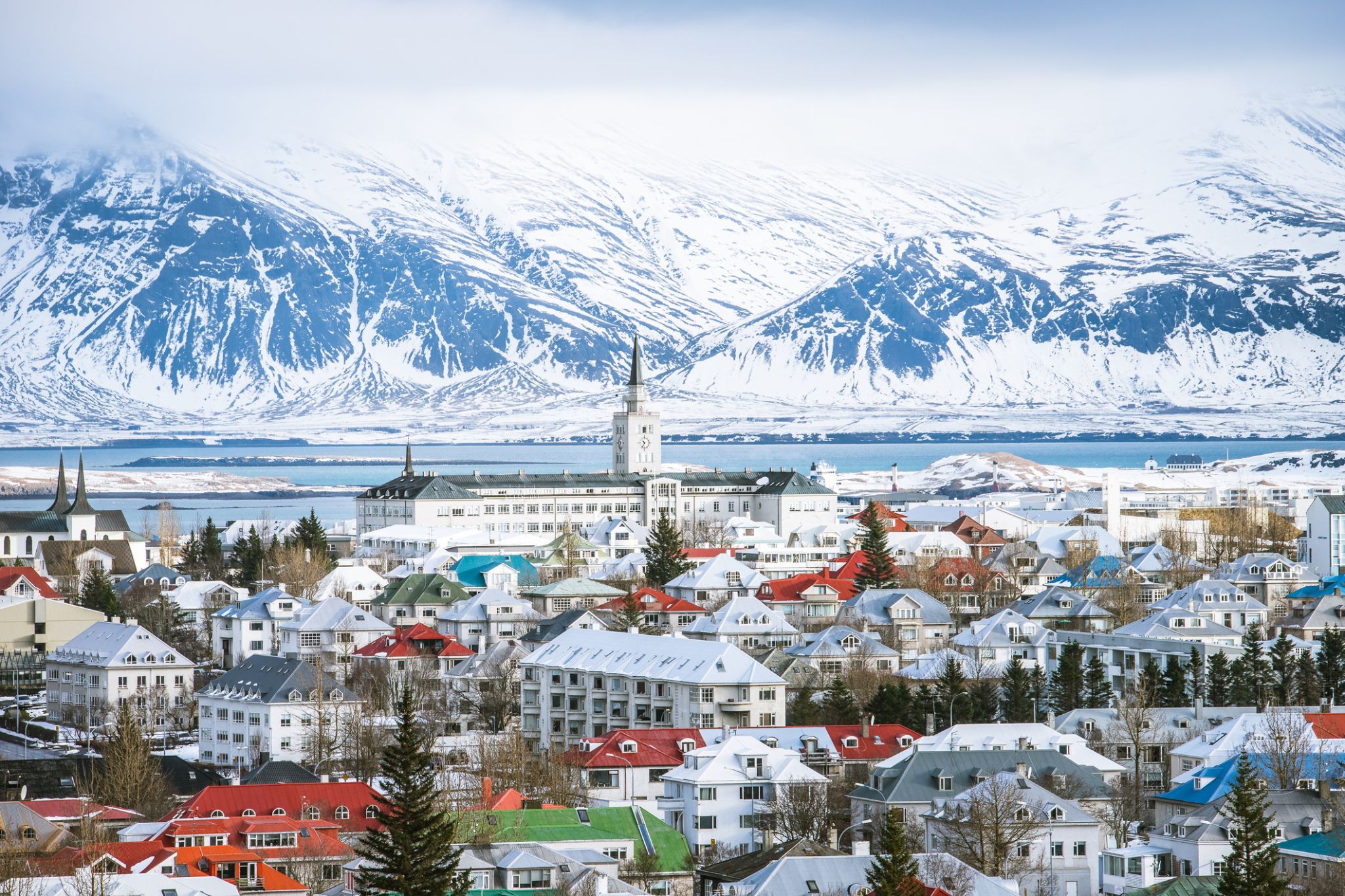
Reykjavík is the capital and largest city of Iceland. It is located in southwestern Iceland, on the southern shore of Faxa Bay. Its latitude is 64°08' N, making it the world's northernmost capital of a sovereign state. With a population of around 123,300 (and over 216,940 in the Capital Region), it is the heart of Iceland's cultural, economic and governmental activity, and is a popular tourist destination.
Reykjavík is believed to be the location of the first permanent settlement in Iceland, which, according to Ingólfr Arnarson, was established in AD 874. Until the 19th century, there was no urban development in the city location. The city was founded in 1786 as an official trading town and grew steadily over the following decades, as it transformed into a regional and later national centre of commerce, population, and governmental activities. It is among the cleanest, greenest, and safest cities in the world.
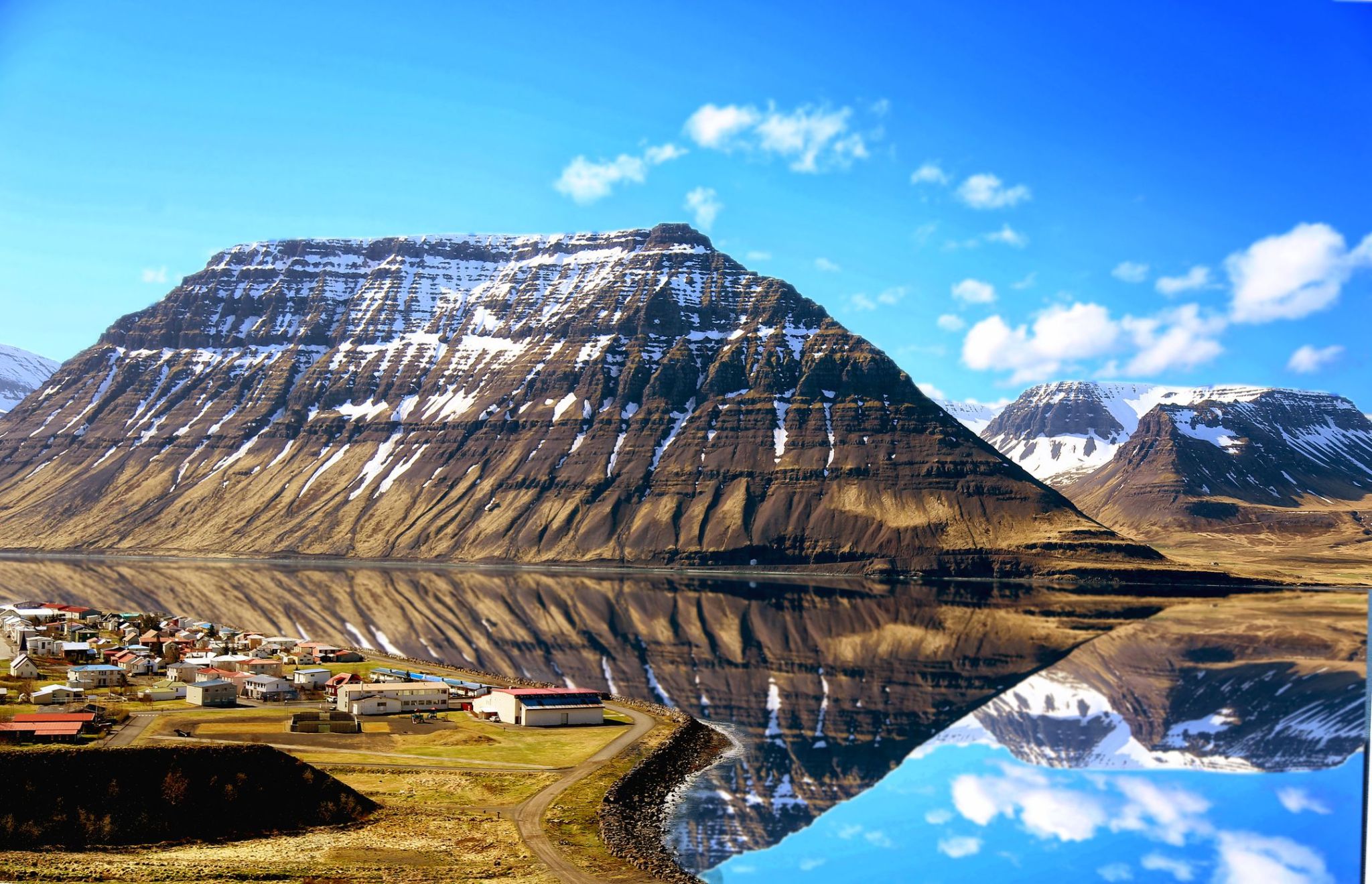
Isafjörður, meaning ice fjord or fjord of ice, ice in plural genitive) is a town in the northwest of Iceland.
The oldest part of Ísafjörður with the town centre is located on a spit of sand, or eyri, in Skutulsfjörður, a fjord which meets the waters of the larger fjord Ísafjarðardjúp. With a population of about 2,600, Ísafjörður is the largest settlement in the peninsula of Vestfirðir (Westfjords) and the administration centre of the Ísafjarðarbær municipality, which includes – besides Ísafjörður – the nearby villages of Hnífsdalur, Flateyri, Suðureyri, and Þingeyri.
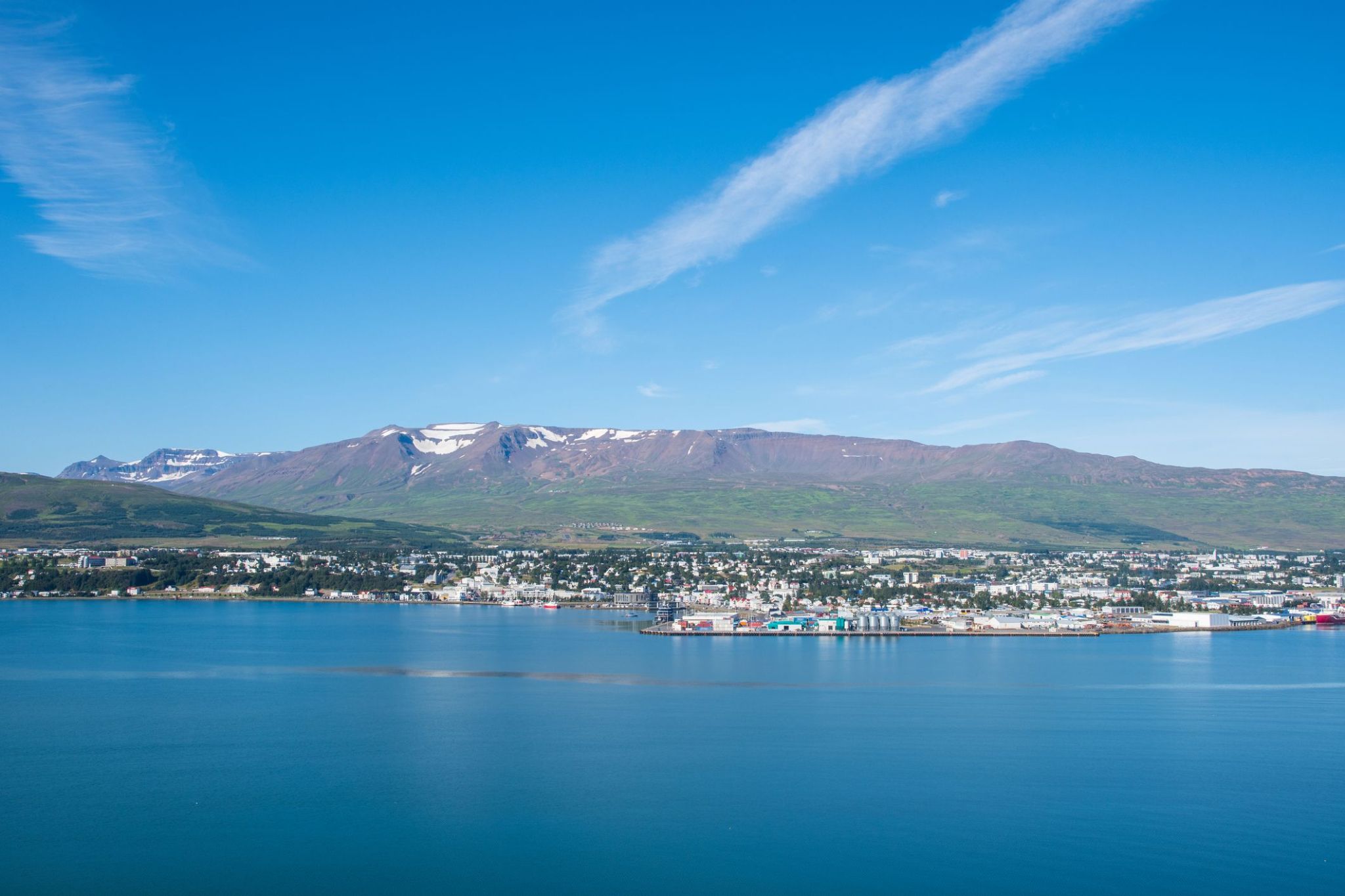
Akureyri is a town in northern Iceland. It is Iceland's Fifth largest municipality.
Nicknamed the Capital of North Iceland, Akureyri is an important port and fishing centre. The area where Akureyri is located was settled in the 9th century but did not receive a municipal charter until 1786. The town was the site of Alliedunits during World War II. Further growth occurred after the war as the Icelandic population increasingly moved to urban areas.
The area has a relatively mild climate because of geographical factors, and the town's ice-free harbour has played a significant role in its history.
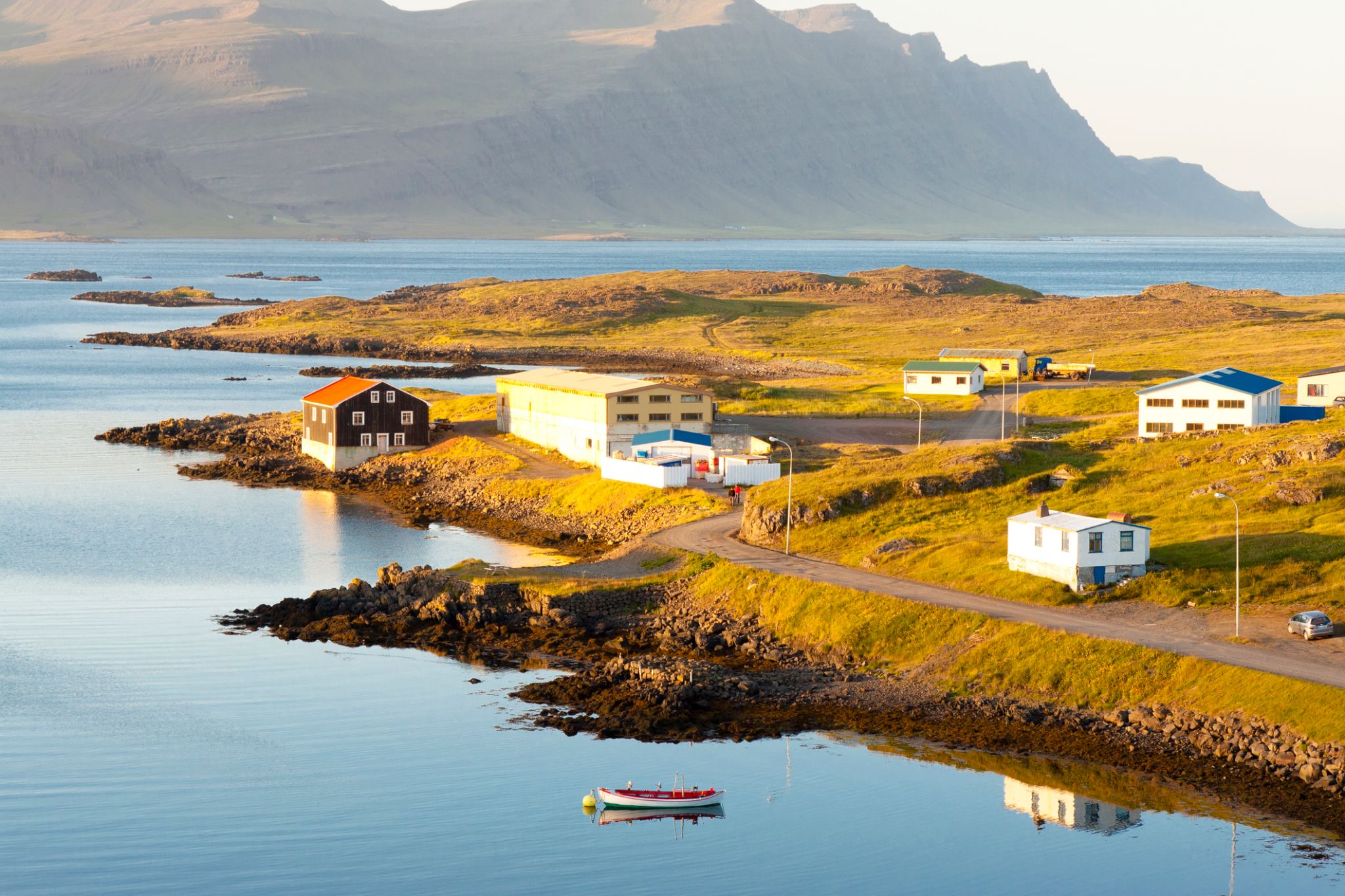
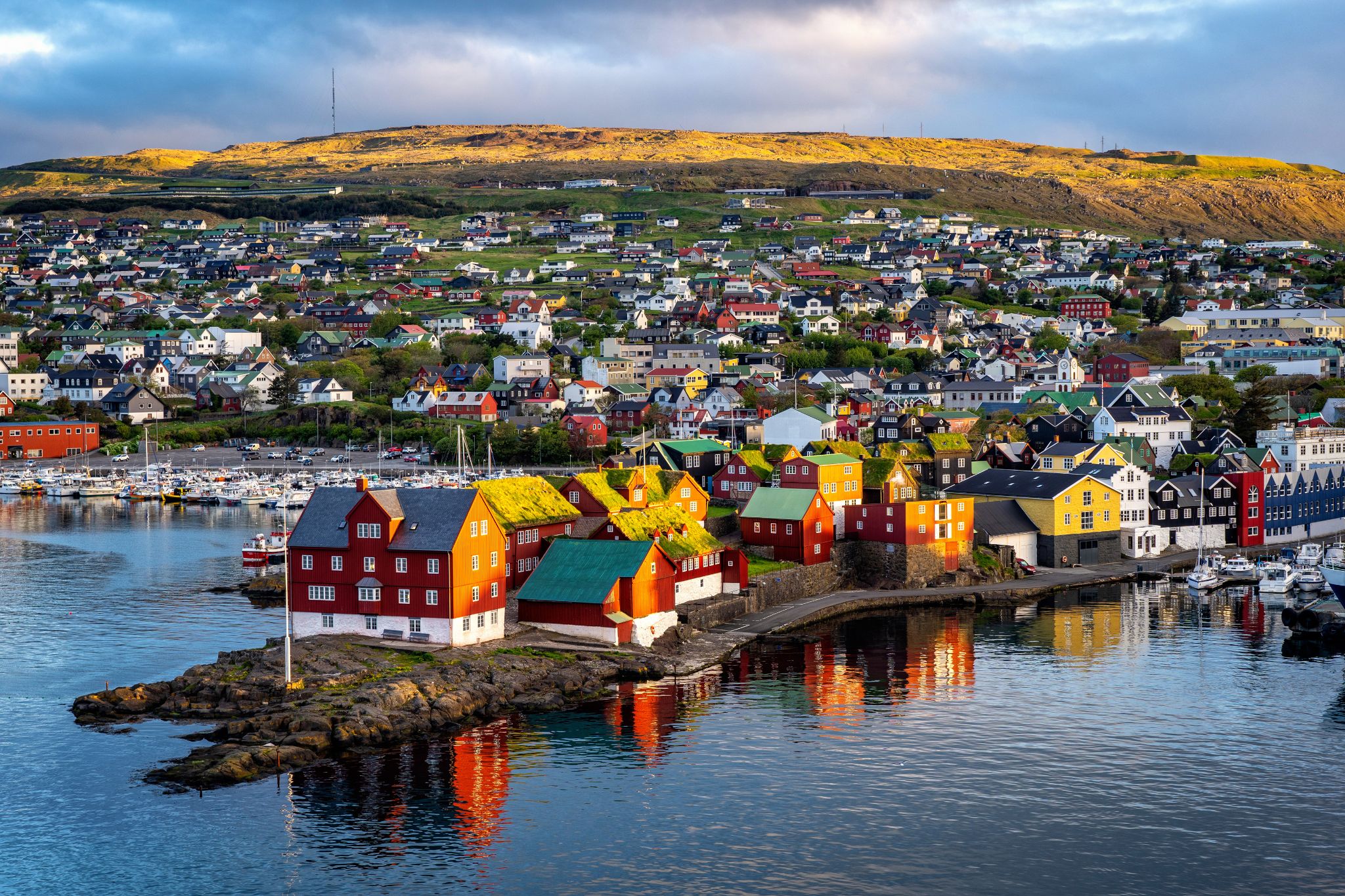
Tórshavn is the capital and largest town of the Faroe Islands. Tórshavn is in the southern part on the east coast of Streymoy. To the northwest of the city lies the 347-meter-high (1,138 ft) mountain Húsareyn, and to the southwest, the 350-meter-high (1,150 ft) Kirkjubøreyn. They are separated by the Sandá River. The town proper has a population of 13,089 (2017), and the greater urban area a population of 21,000.
The Norse established their parliament on the Tinganes peninsula in AD 850.[3] Tórshavn thus became the capital of the Faroe Islands and has remained so ever since. All through the Middle Ages the narrow peninsula jutting out into the sea made up the main part of Tórshavn. Early on, Tórshavn became the centre of the islands' trade monopoly, thereby being the only legal place for the islanders to sell and buy goods. In 1856, the trade monopoly was abolished and the islands were left open to free trade.
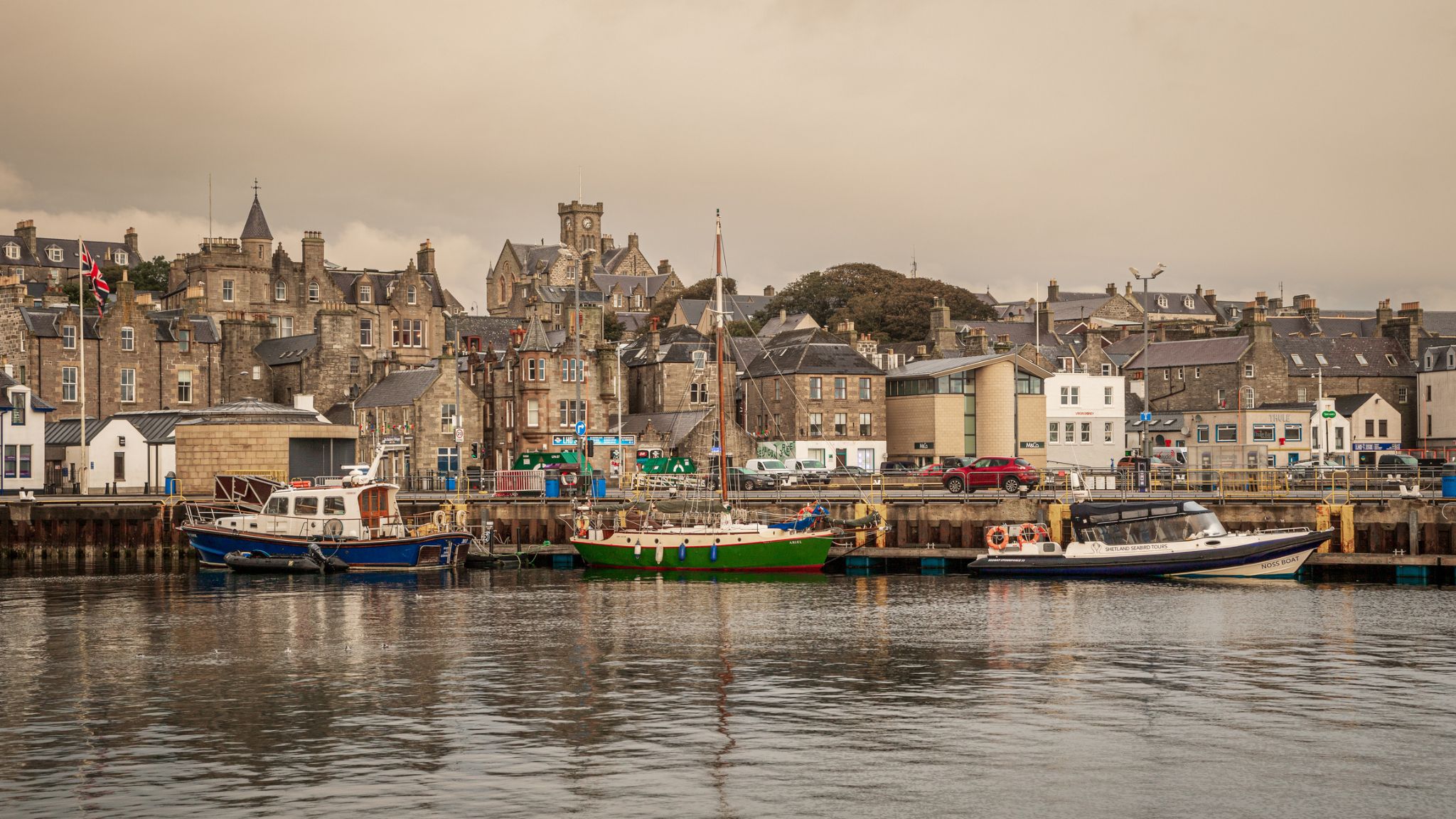
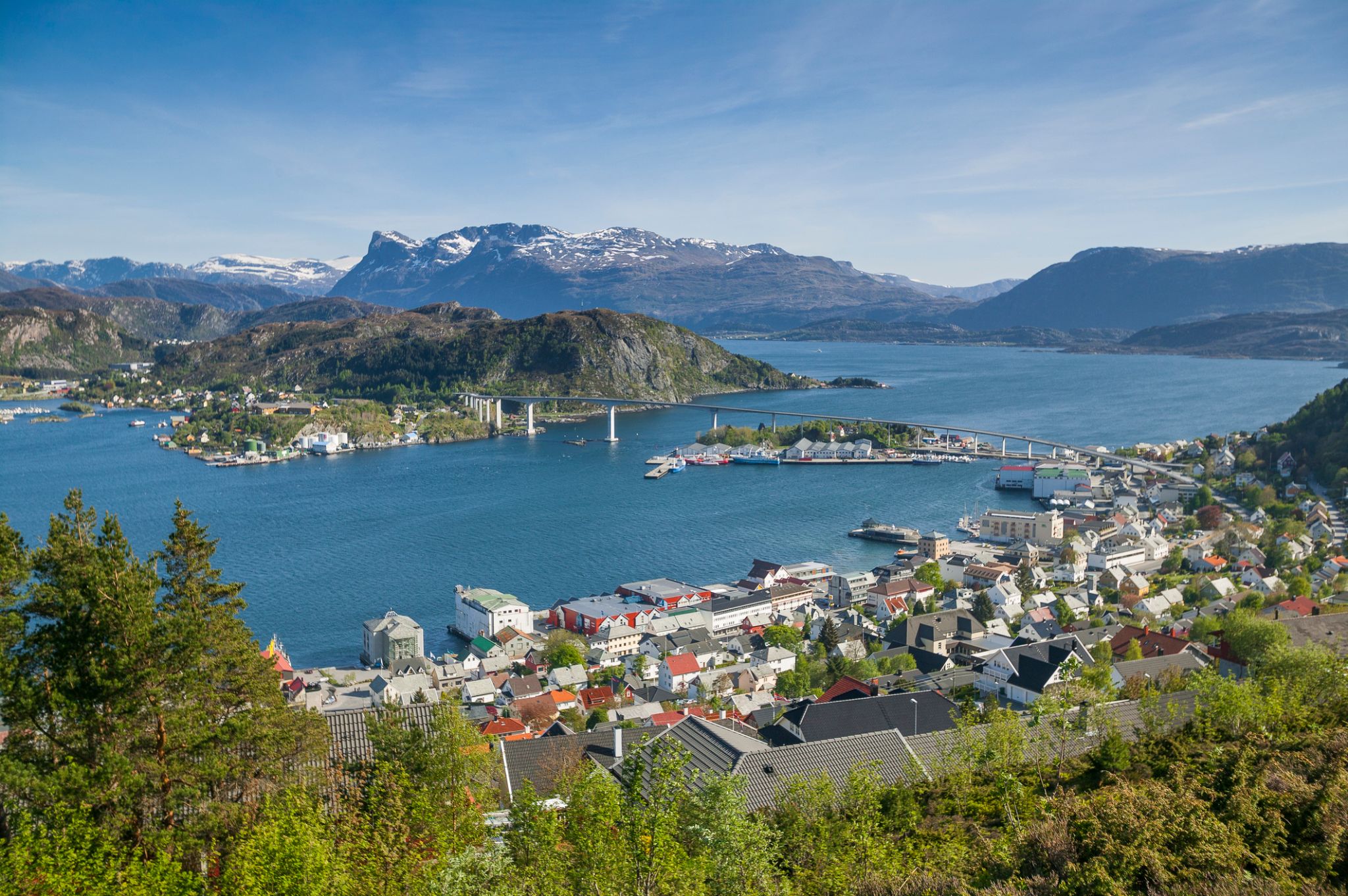
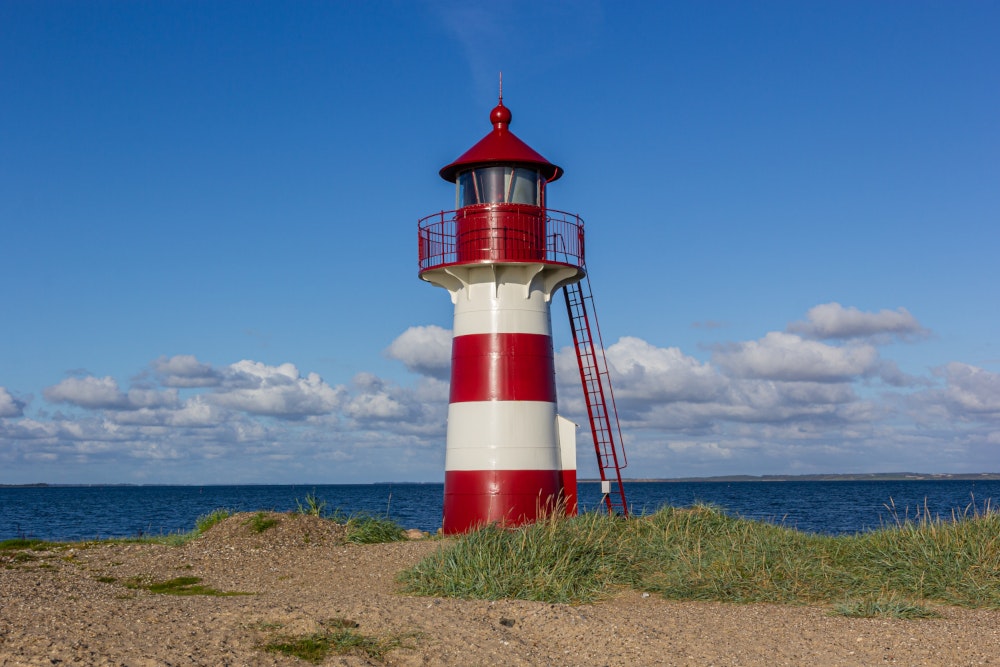
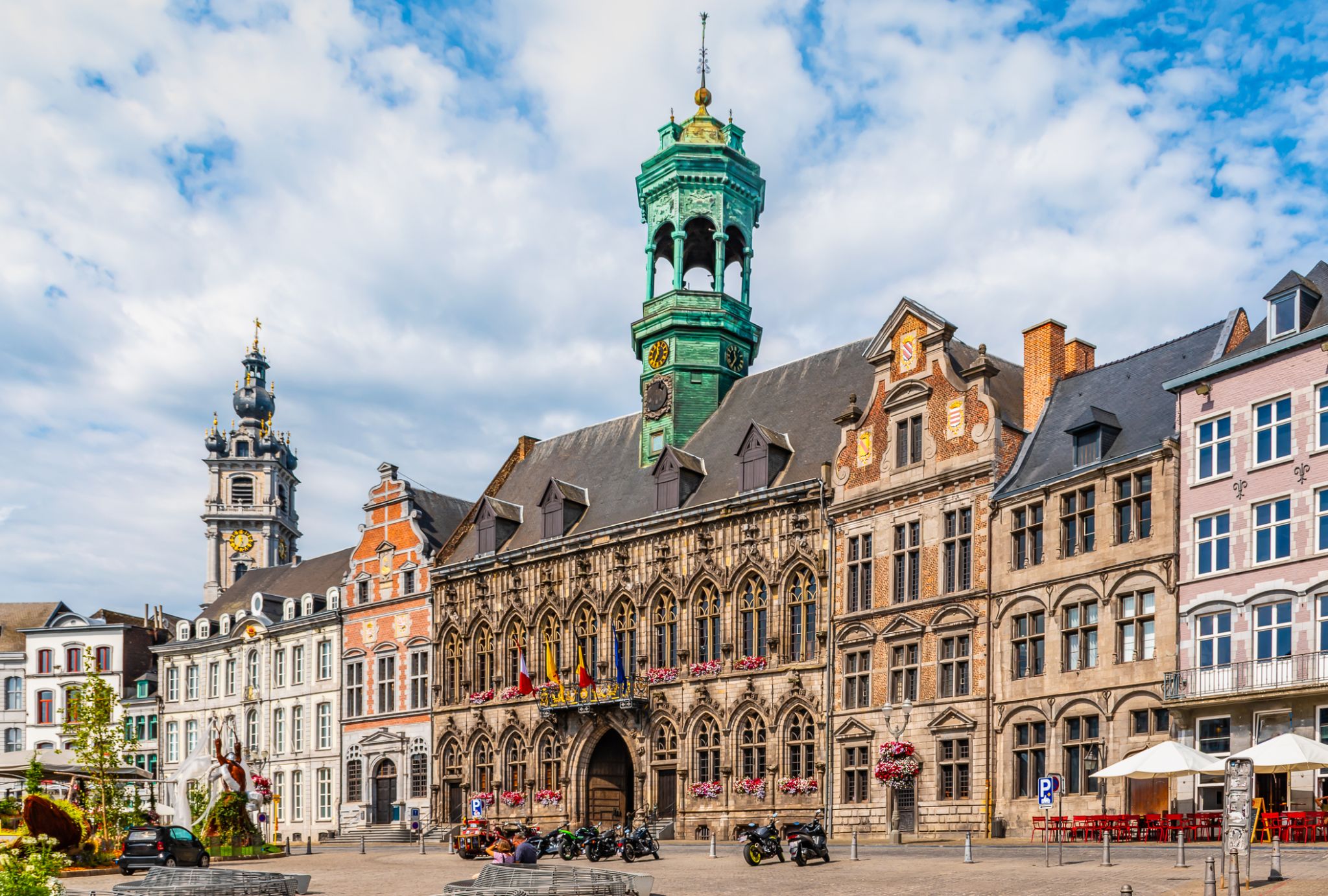
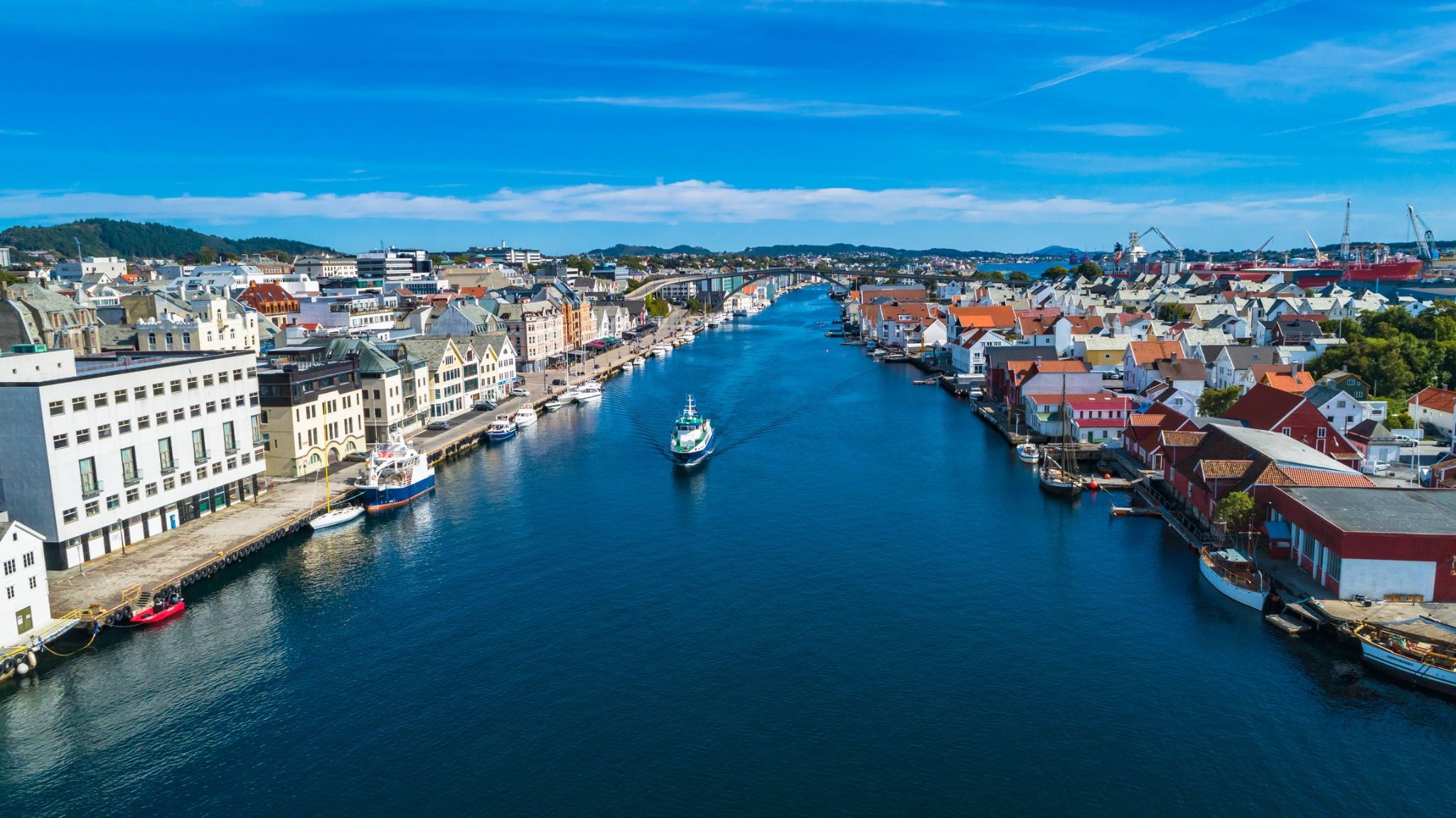
Przytulne miasto Haugesund na południowo-zachodnim wybrzeżu Norwegii wita gości świeżym morskim powietrzem i prawdziwą atmosferą norweskiego wybrzeża. Tutaj ożywają historie wikingów: to właśnie w okolicach Haugesund przebiegały kiedyś ważne szlaki handlowe, a w pobliżu znajduje się pomnik Haraldshaugen, wzniesiony na cześć pierwszego króla Norwegii. Ulice miasta wypełniają przytulne kawiarnie, butiki i galerie, a przystań z białymi łodziami i domkami rybaków zaprasza na spokojne spacery brzegiem morza.
Każdego roku w Haugesund odbywają się festiwale filmowe, morskie święta i wydarzenia muzyczne, które nadają miastu ciepłą i żywą atmosferę. To idealne miejsce, aby poznać norweskie tradycje, spróbować świeżych owoców morza prosto z rybackich łodzi i wybrać się na spacer wzdłuż wybrzeża Morza Północnego, podziwiając widoki zielonych wzgórz i klifów wpadających do oceanu.
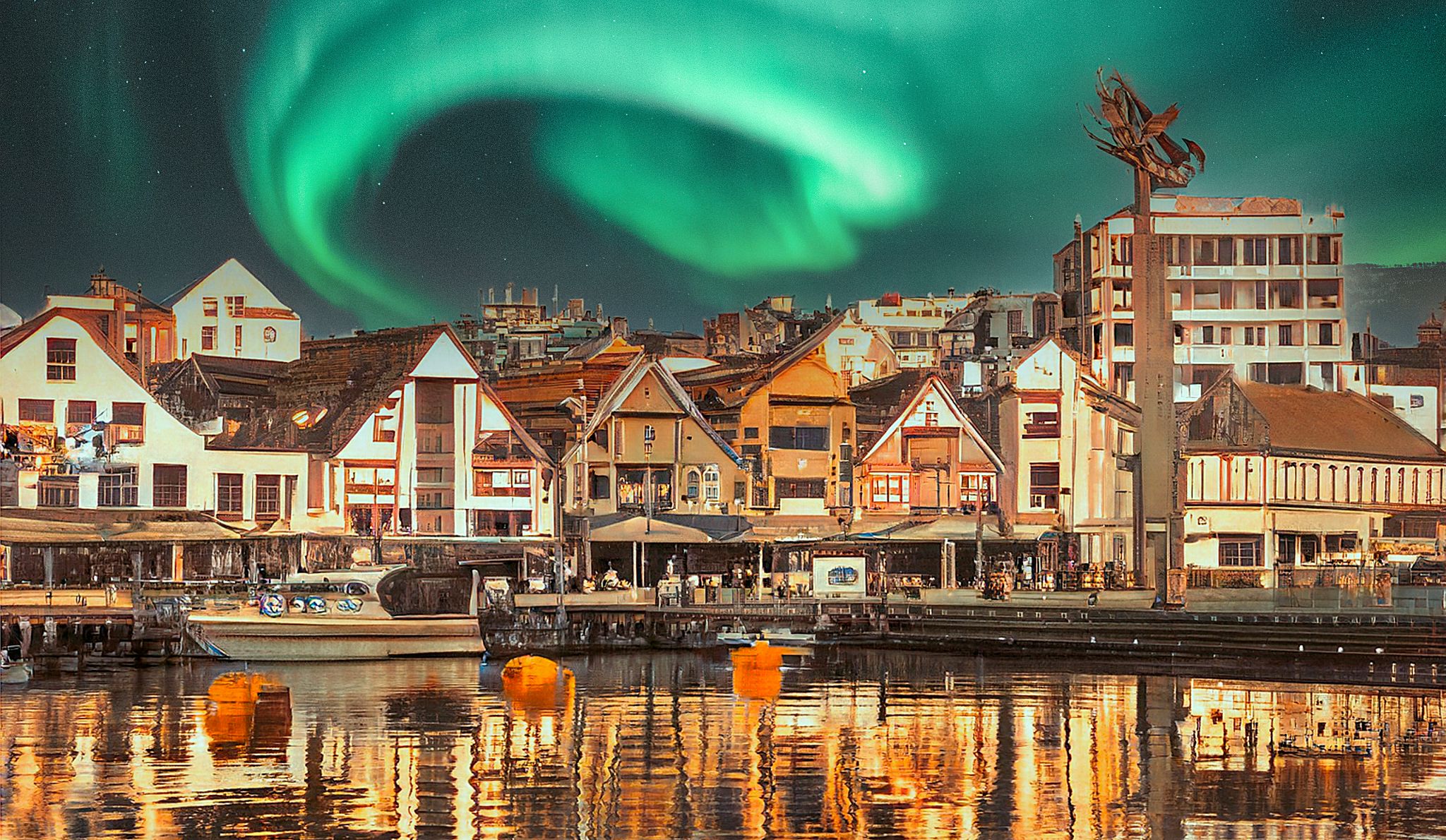
Stavanger is a city and municipality in Norway. It is the third largest city and metropolitan area in Norway (through conurbation with neighbouring Sandnes) and the administrative centre of Rogaland county. The municipality is the fourth most populous in Norway. Located on the Stavanger Peninsula in Southwest Norway, Stavanger counts its official founding year as 1125, the year the Stavanger Cathedral was completed. Stavanger's core is to a large degree 18th- and 19th-century wooden houses that are protected and considered part of the city's cultural heritage. This has caused the town centre and inner city to retain a small-town character with an unusually high ratio of detached houses, and has contributed significantly to spreading the city's population growth to outlying parts of Greater Stavanger.
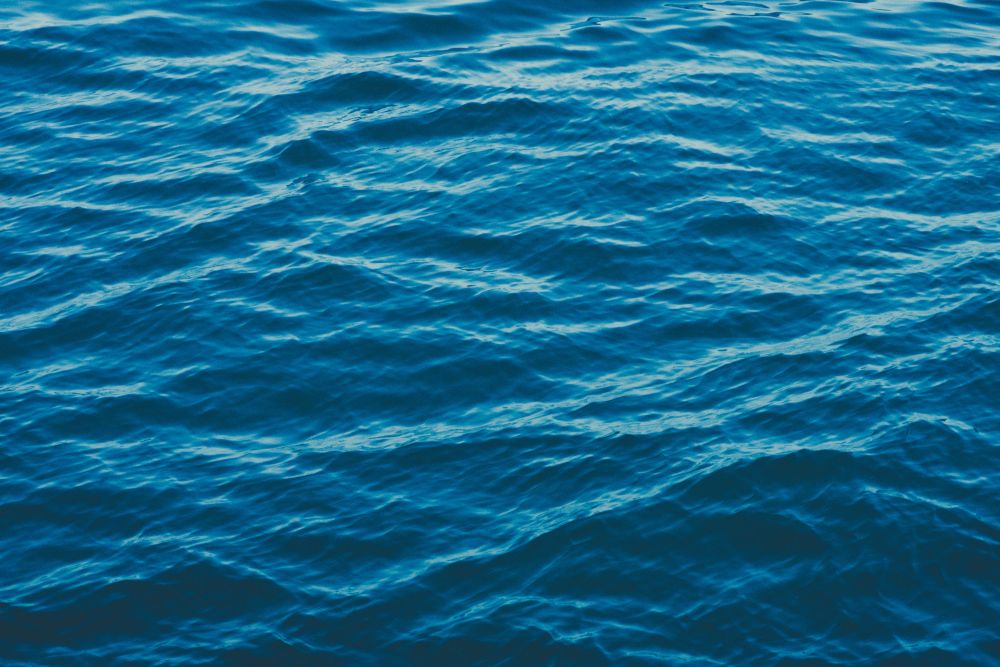
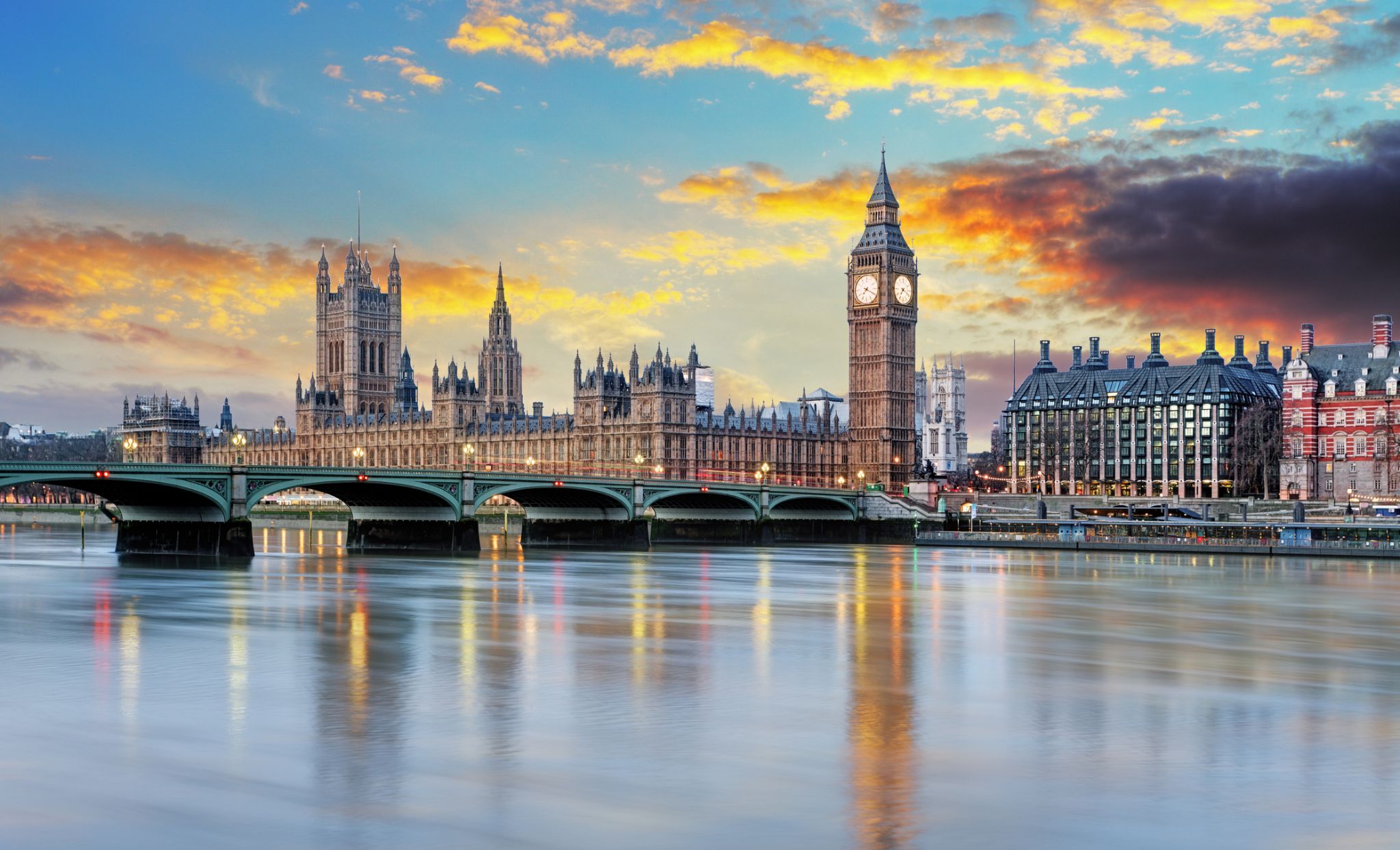

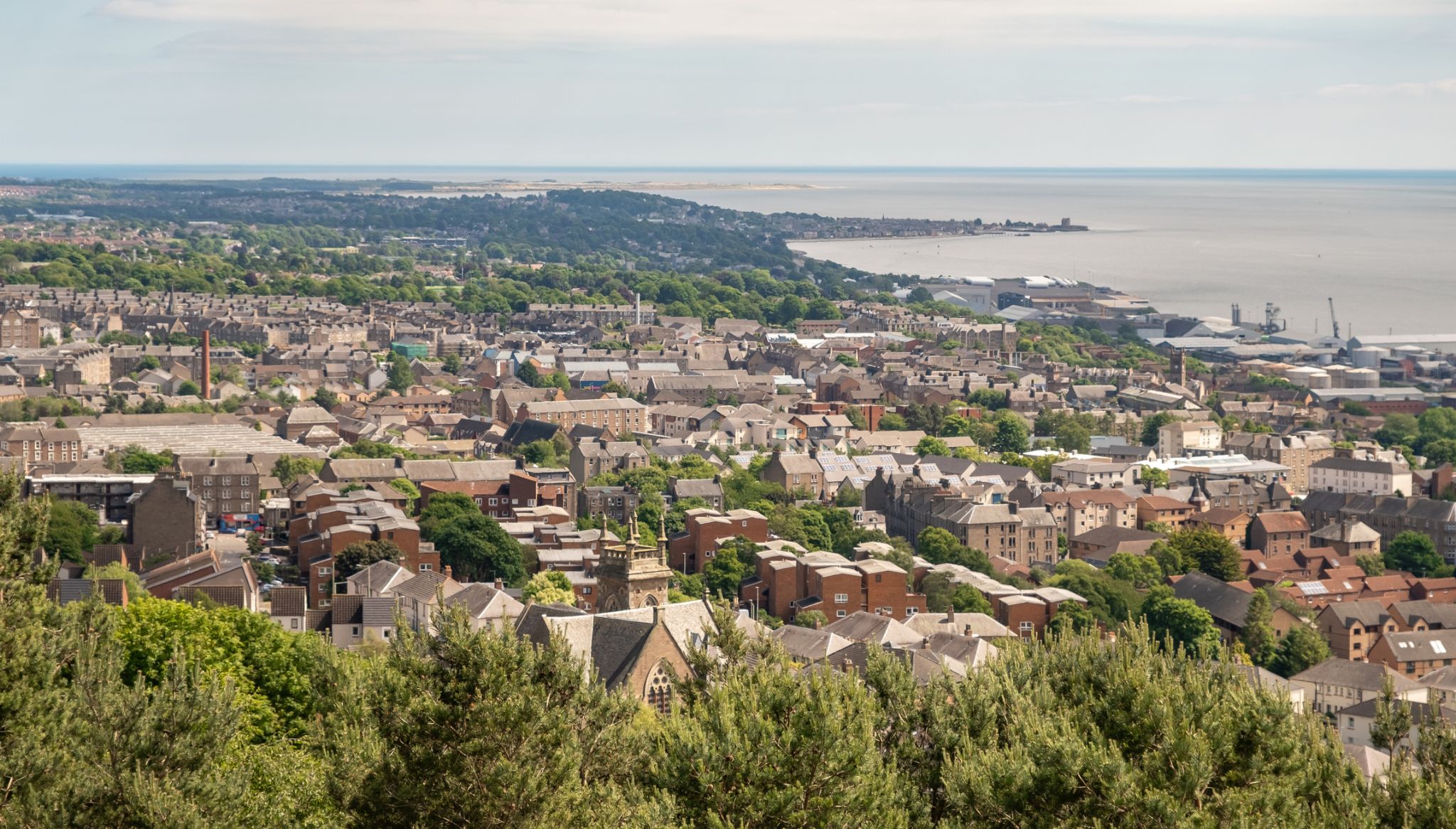
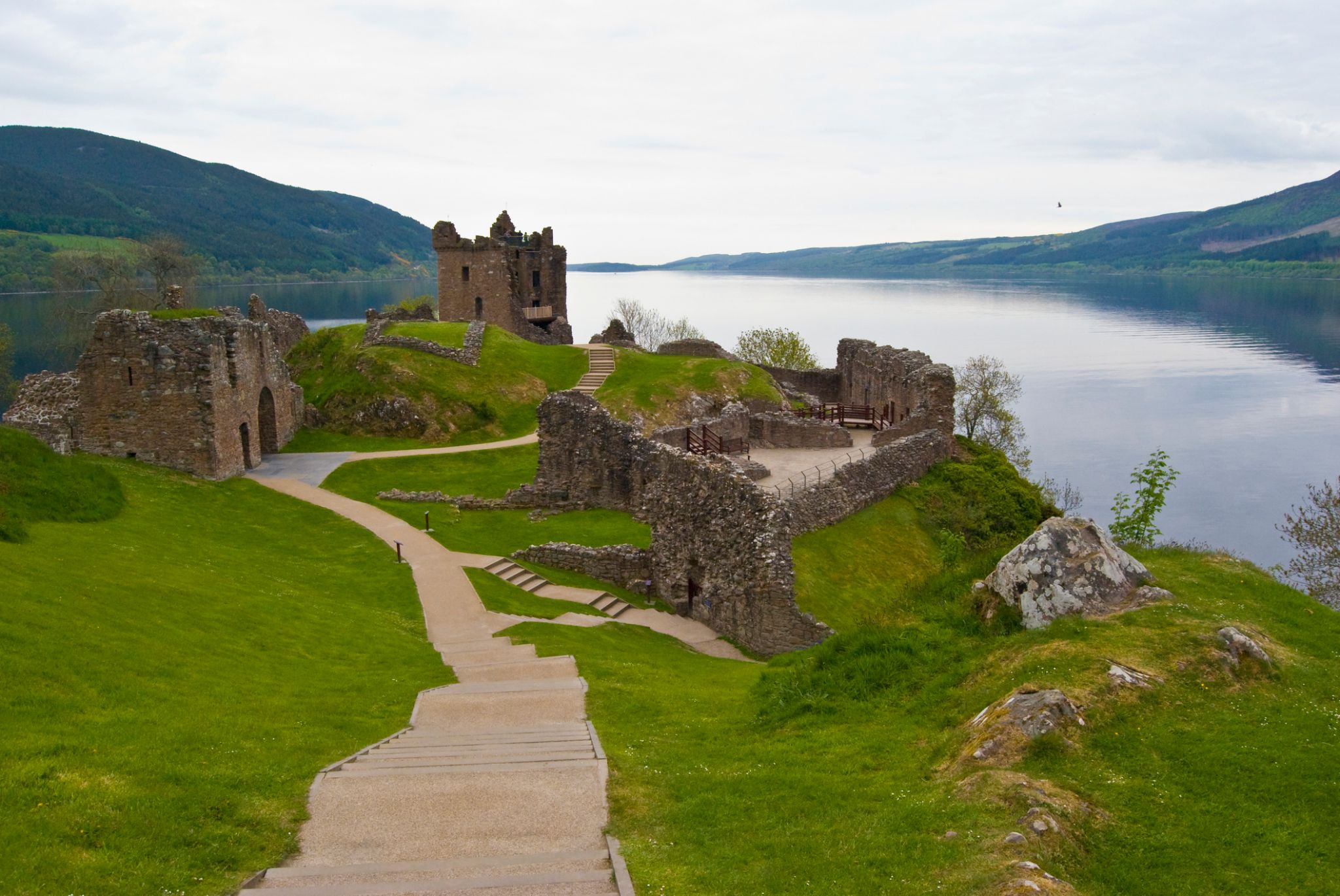
The town is well known for the Invergordon Mutiny of 1931. More recently it has also become known for the repair of oil rigs which line up in the Cromarty Firth on which the town is situated. In the 1970s and 1980s nearby Nigg was known for the construction of these rigs. The yard used for this is now attempting to re-establish itself as a fabricator of large offshore wind turbines and oil rig refurbishment since being purchased by Global Energy Group.
For a number of years Invergordon was the site of an aluminium smelter until 1981 when British Aluminium closed it down. The pipeline that covered the conveyor belt from the smelter to the BA pier was not dismantled until the early 2000s and the two large tanks still stand today as well as a water tower.
It still has a grain whisky distillery, operated by Philippines-owned whisky giant Whyte and Mackay, the output of which contributes to many blended whiskies. Connected to the distillery was the Invergordon Distillery Pipe Band.
At present the port is visited by many large cruise liners each year, as the deep water port allows disembarkation for coach tours in the northern Highlands.
Since the 1970s some would perceive the town as a 'Glasgow colony', since many workers were recruited from southern Scotland to work in the oil rig fabrication and aluminium smelting industries. As a result, the residents' accents often show more influence from Glasgow, than the surrounding Easter Ross dialect of Highland Englishalthough this has changed in recent years.
In recent years Global Energy Group have been expanding, with the purchase of the Nigg fabrication yard it has also brought much appreciated work to Invergordon's Docks with the town again full of oil company workers through the day.

Stornoway to główne miasto i port wyspy Lewis, wchodzącej w skład Zewnętrznych Hebrydów w Szkocji, będące ważnym centrum kulturowym i gospodarczym regionu. Miasto, liczące około 5 tysięcy mieszkańców, zachowuje urok tradycyjnego życia gaelickiego, łącząc go z nowoczesnymi udogodnieniami. Stornoway słynie z portu rybackiego, który jest jednym z największych w Szkocji, a także z produkcji tweedu Harris — unikalnej tkaniny, wytwarzanej ręcznie przez lokalnych rzemieślników.
Turyści przyjeżdżają do Stornoway, aby cieszyć się spokojną atmosferą, malowniczymi widokami na Ocean Atlantycki i zwiedzać zabytki historyczne, takie jak zamek Lews — wiktoriańską budowlę otoczoną pięknym parkiem. Miasto stanowi także doskonałą bazę wypadową do odkrywania naturalnych piękności wyspy, w tym kamiennych kręgów Calanais, starożytnych monumentów i piaszczystych plaż. Stornoway to idealne miejsce dla tych, którzy szukają spokojnego wypoczynku, interesują się historią celtycką i chcą poczuć autentyczne życie szkockiej prowincji.

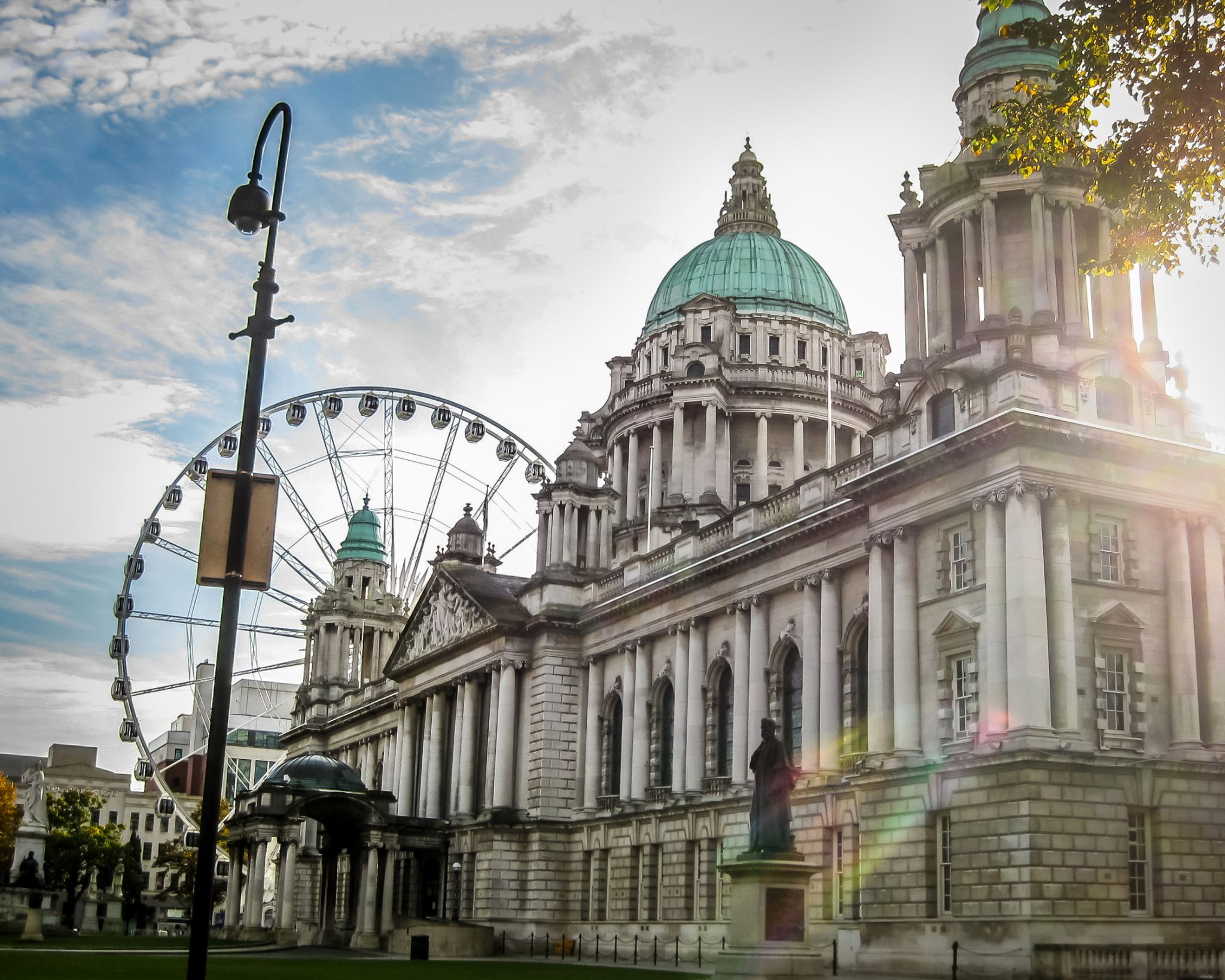
Belfast is a port city in the United Kingdom and the capital city of Northern Ireland, on the banks of the River Lagan on the east coast of Ireland. It is the largest city in Northern Ireland and second largest on the island of Ireland. It had a population of 333,871 in 2015.
By the early 1800s Belfast was a major port. It played a key role in the Industrial Revolution, becoming the biggest linen producer in the world, earning it the nickname "Linenopolis". By the time it was granted city status in 1888, it was a major centre of Irish linen production, tobacco-processing and rope-making. Shipbuilding was also a key industry; the Harland and Wolff shipyard, where the RMS Titanic was built, was the world's biggest shipyard. It also has a major aerospace and missiles industry. Industrialisation and the inward migration it brought made Belfast Ireland's biggest city and it became the capital of Northern Ireland following the Partition of Ireland in 1922. Its status as a global industrial centre ended in the decades after the Second World War.
Belfast suffered greatly in the Troubles, and in the 1970s and 1980s was one of the world's most dangerous cities. However, the city is now considered to be one of the safest within the United Kingdom. Throughout the 21st century, the city has seen a sustained period of calm, free from the intense political violence of former years and has benefitted from substantial economic and commercial growth. Belfast remains a centre for industry, as well as the arts, higher education, business, and law, and is the economic engine of Northern Ireland. Belfast is still a major port, with commercial and industrial docks dominating the Belfast Lough shoreline, including the Harland and Wolff shipyard. It is served by two airports: George Best Belfast City Airport, and Belfast International Airport 15 miles (24 km) west of the city. It is listed by the Globalization and World Cities Research Network (GaWC) as a Gamma global city.
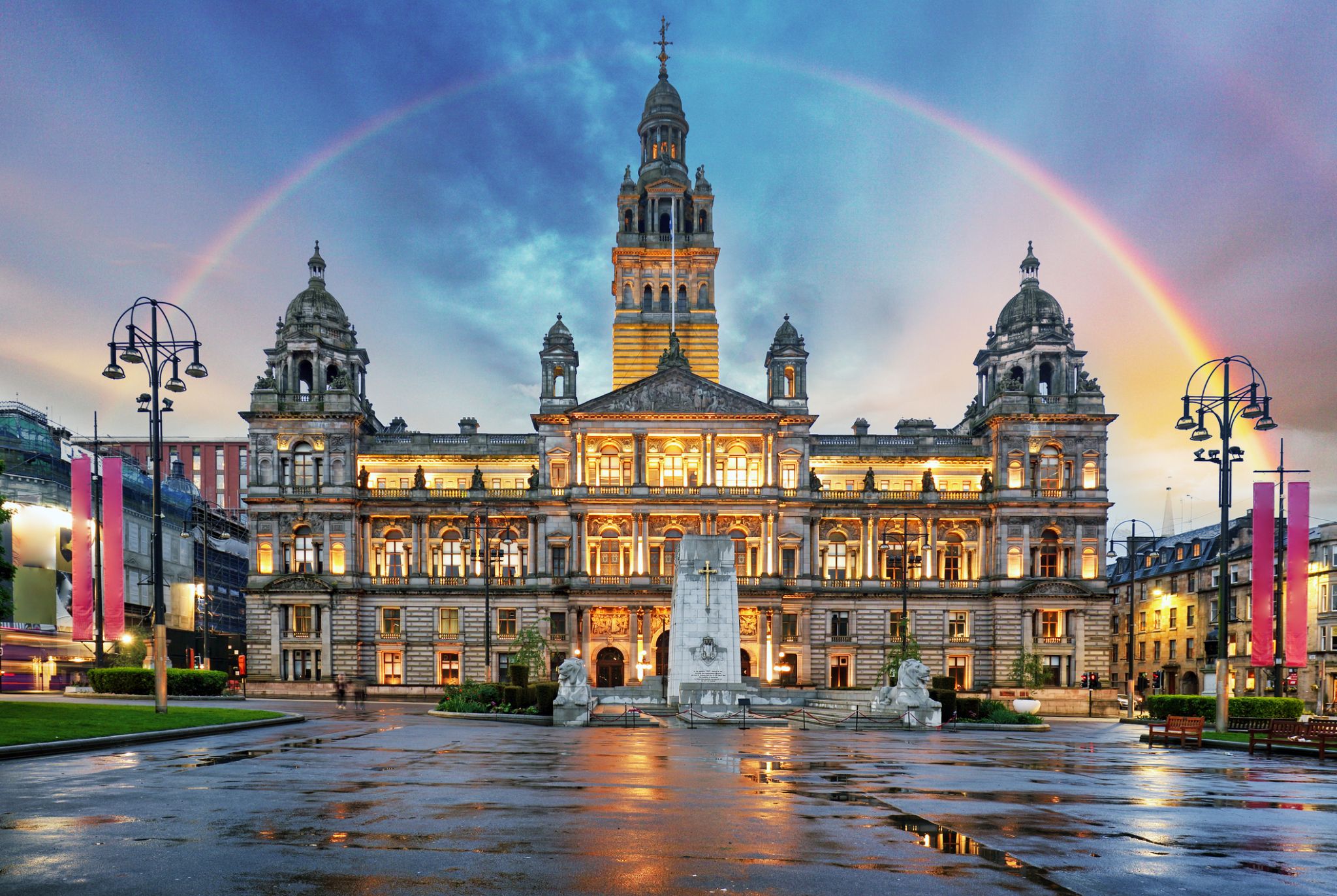

Dublin is the capital of, and largest city in, Ireland. It is on the east coast of Ireland, in the province of Leinster, at the mouth of the River Liffey, and is bordered on the south by the Wicklow mountains. It has an urban area population of 1,173,179, while the population of the Dublin Region (formerly County Dublin), as of 2016, was 1,347,359, and the population of the Greater Dublin area was 1,904,806.
There is archaeological debate regarding precisely where Dublin was established by Celtic-speaking people in the 7th century AD. Later expanded as a Viking settlement, the Kingdom of Dublin, the city became Ireland's principal settlement following the Norman invasion. The city expanded rapidly from the 17th century and was briefly the second largest city in the British Empire before the Acts of Union in 1800. Following the partition of Ireland in 1922, Dublin became the capital of the Irish Free State, later renamed Ireland.
Dublin is a historical and contemporary centre for education, the arts, administration and industry. As of 2018 the city was listed by the Globalization and World Cities Research Network (GaWC) as a global city, with a ranking of "Alpha -", which places it amongst the top thirty cities in the world.




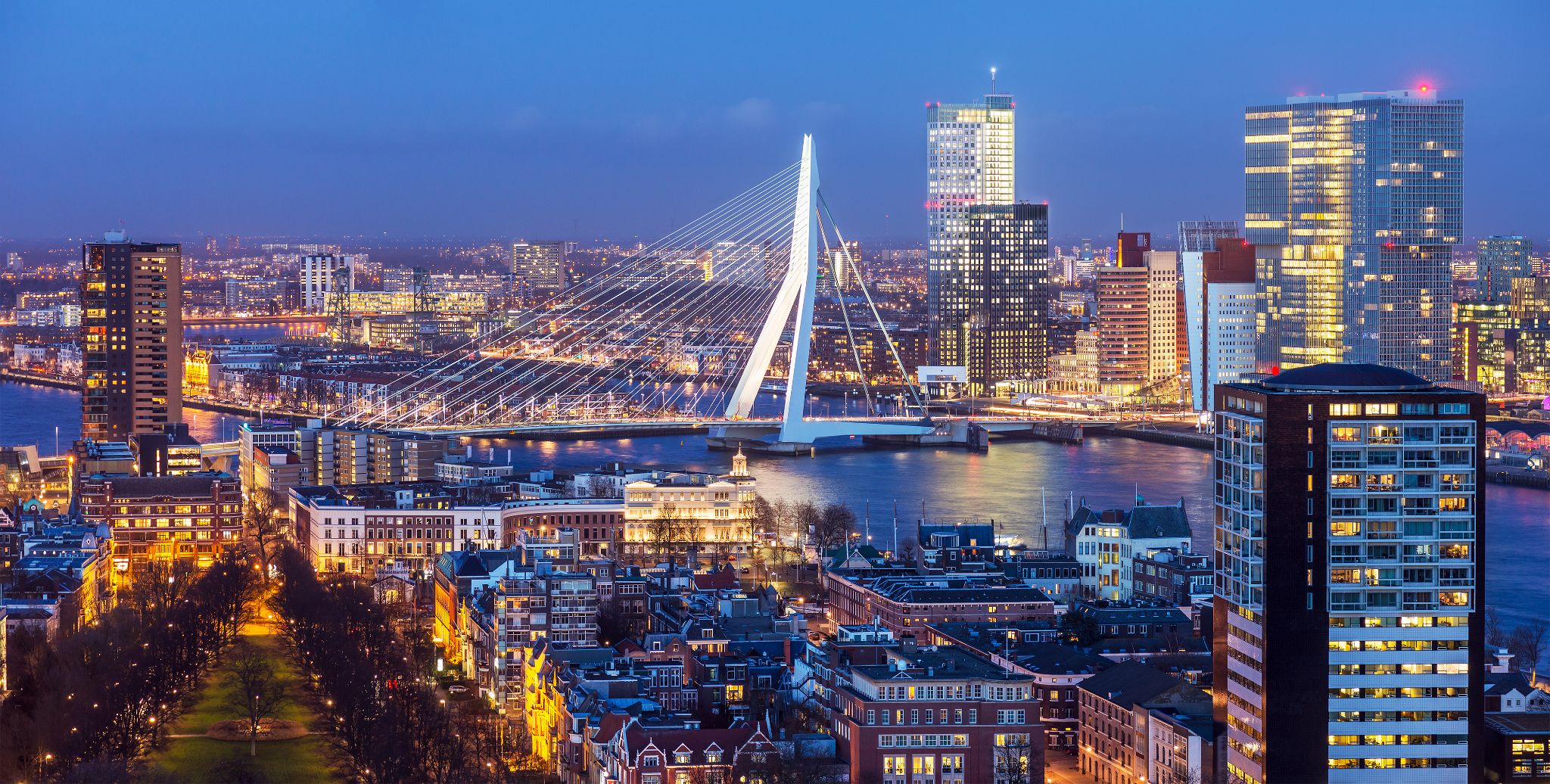
Jeden z największych miast Niderlandów — Rotterdam, równocześnie jest największym na świecie portem. Również Rotterdam dobrze jest znany jako miasto sztuki i kultury. W 1469 roku właśnie tutaj urodził się Desideriusz — wszystkim znany Erazm z Rotterdamu. Na skrzyżowaniu ulic Blaak i Coolsingel znajduje się statua największego humanisty, w zadumanej pozie. W 1960 roku tutaj została zbudowana wieża, obecnie nosząca nazwę Euromaszt, której wysokość osiąga 104 metry, i z niej otwiera się niewiarygodna panorama miasta. Miasto, jak żadne inne, przygarnęło tutaj wielu ludzi różnych narodowości, żyjących w pokoju i zgodzie w tym zakątku Świata.





Hamburg ; officially the Free and Hanseatic City of Hamburg is the second-largest city in Germany with a population of over 1.8 million.
One of Germany's 16 federal states, it is surrounded by Schleswig-Holstein to the north and Lower Saxony to the south. The city's metropolitan region is home to more than five million people. Hamburg lies on the River Elbe and two of its tributaries, the River Alster and the River Bille.

Hamburg ; officially the Free and Hanseatic City of Hamburg is the second-largest city in Germany with a population of over 1.8 million.
One of Germany's 16 federal states, it is surrounded by Schleswig-Holstein to the north and Lower Saxony to the south. The city's metropolitan region is home to more than five million people. Hamburg lies on the River Elbe and two of its tributaries, the River Alster and the River Bille.


the capital of France, on the Seine River; population 2,203,817 (2006). Paris was held by the Romans, who called it Lutetia, and by the Franks, and was established as the capital in 987 under Hugh Capet. It was organized into three parts—the Île de la Cité (an island in the Seine), the Right Bank, and the Left Bank—during the reign of Philippe-Auguste 1180–1223. The city's neoclassical architecture dates from the modernization of the Napoleonic era, which continued under Napoleon III, when the bridges and boulevards of the modern city were built.

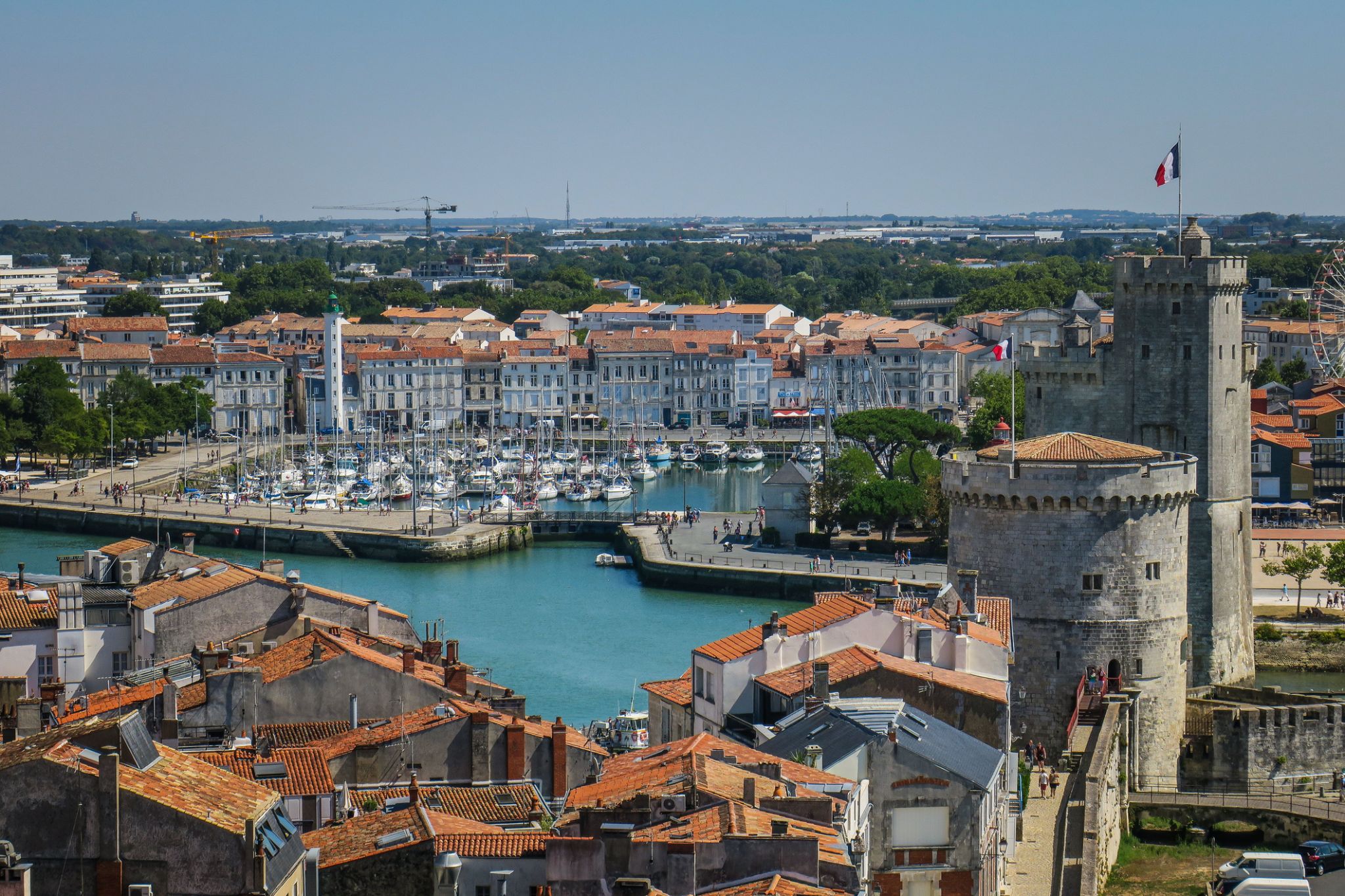
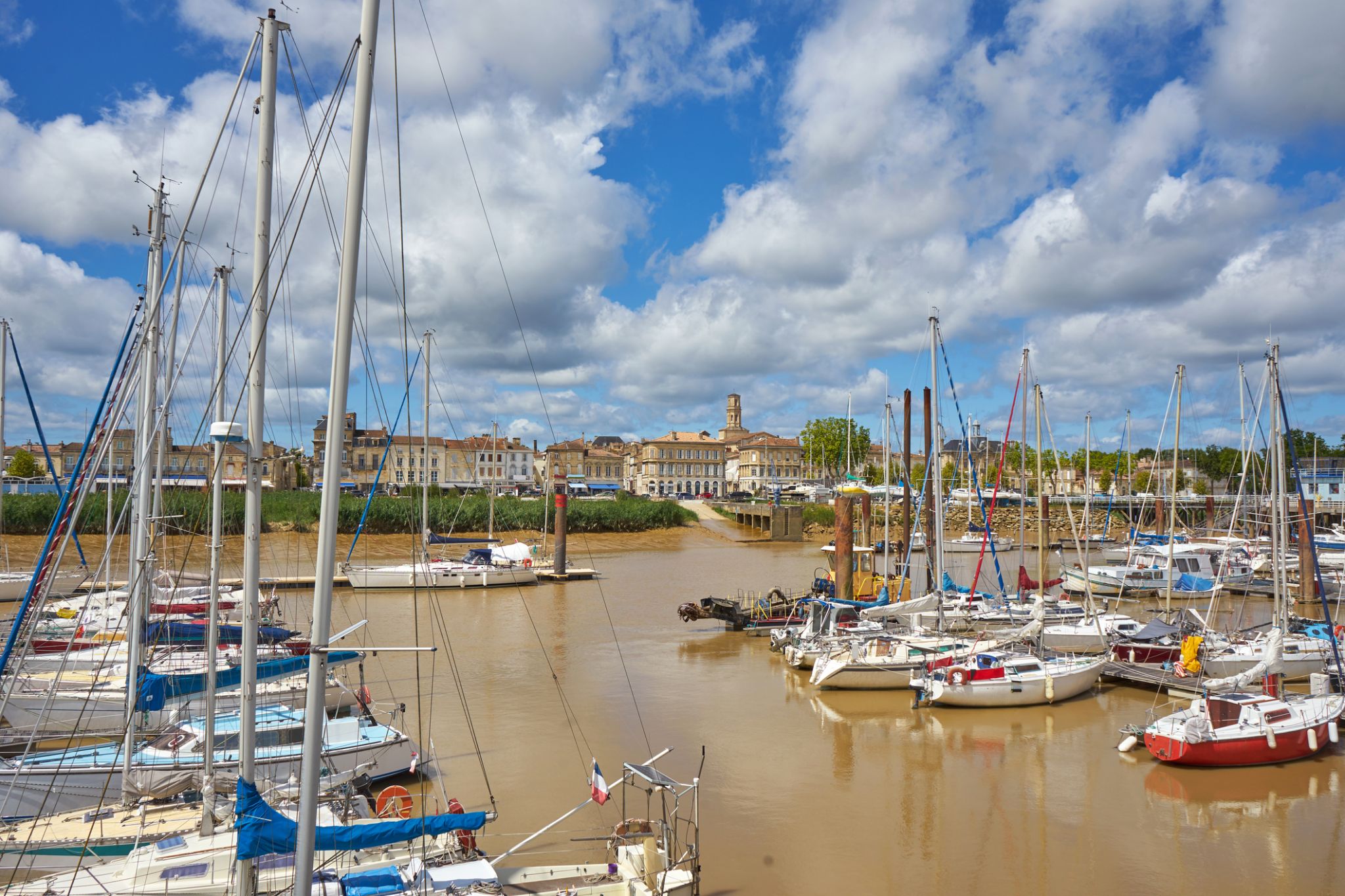
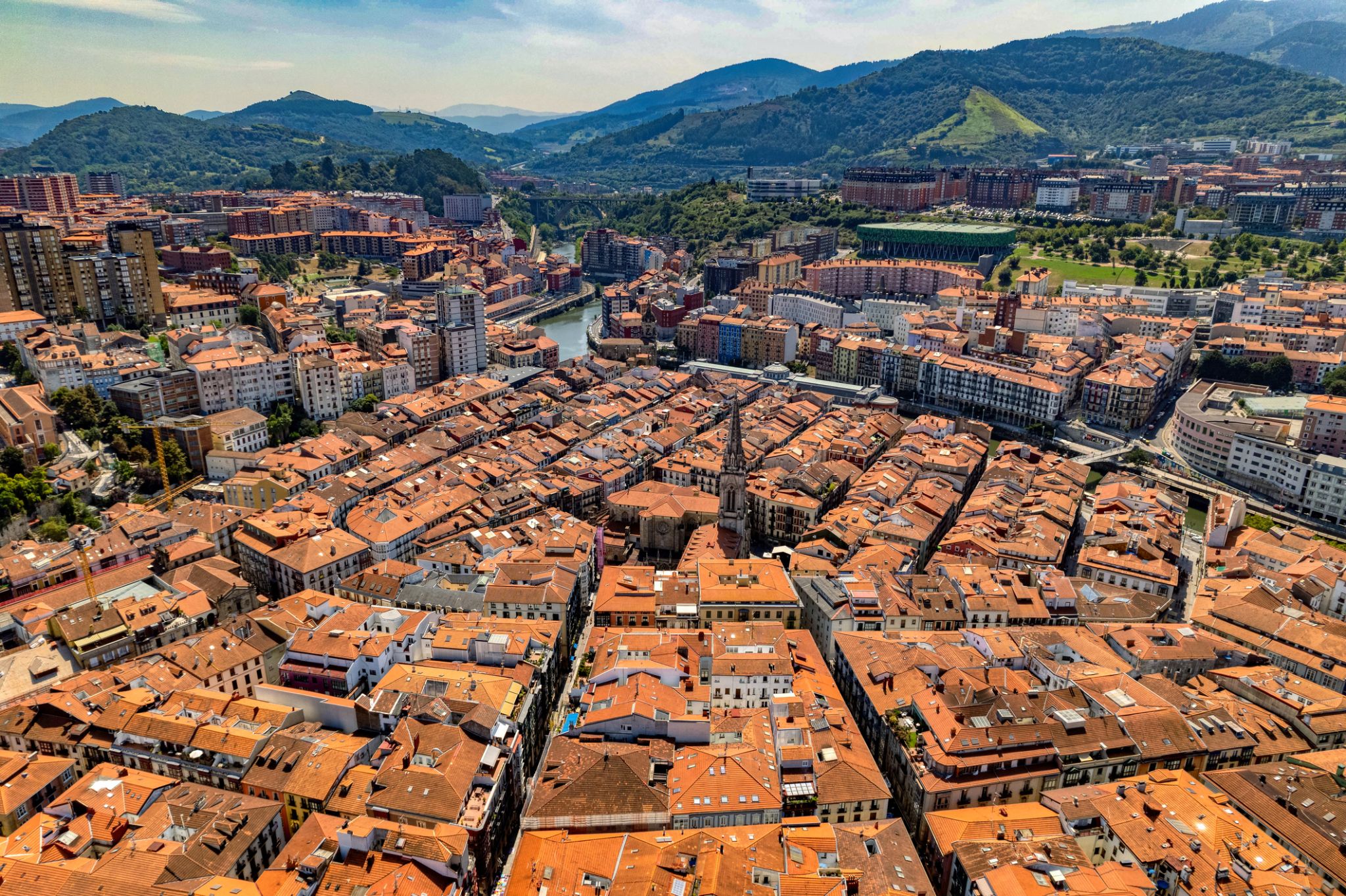
Bilbao is a city in northern Spain, the largest city in the province of Biscay and in the Basque Country as a whole. It is also the largest city proper in northern Spain. Bilbao is the tenth largest city in Spain, with a population of 345,141 as of 2015. The Bilbao metropolitan area has roughly 1 million inhabitants, making it one of the most populous metropolitan areas in northern Spain; with a population of 875,552 the comarca of Greater Bilbao is the fifth-largest urban area in Spain. Bilbao is also the main urban area in what is defined as the Greater Basque region.
Bilbao is situated in the north-central part of Spain, some 16 kilometres (10 mi) south of the Bay of Biscay, where the economic social development is located, where the estuary of Bilbao is formed. Its main urban core is surrounded by two small mountain ranges with an average elevation of 400 metres (1,300 ft). Its climate is shaped by the Bay of Biscay low-pressure systems and mild air, moderating summer temperatures by Iberian standards, with low sunshine and high rainfall. The annual temperature range is low for its latitude.
After its foundation in the early 14th century by Diego López V de Haro, head of the powerful Haro family, Bilbao was a commercial hub of the Basque Country that enjoyed significant importance in Green Spain. This was due to its port activity based on the export of iron extracted from the Biscayan quarries. Throughout the nineteenth century and the beginning of the twentieth, Bilbao experienced heavy industrialisation, making it the centre of the second-most industrialised region of Spain, behind Barcelona. At the same time an extraordinary population explosion prompted the annexation of several adjacent municipalities. Nowadays, Bilbao is a vigorous service city that is experiencing an ongoing social, economic, and aesthetic revitalisation process, started by the iconic Bilbao Guggenheim Museum, and continued by infrastructure investments, such as the airport terminal, the rapid transit system, the tram line, the Azkuna Zentroa, and the currently under development Abandoibarra and Zorrozaurrerenewal projects.
Bilbao is also home to football club Athletic Club de Bilbao, a significant symbol for Basque nationalism due to its promotion of only Basque players and one of the most successful clubs in Spanish football history.
On 19 May 2010, the city of Bilbao was recognised with the Lee Kuan Yew World City Prize, awarded by the city state of Singapore, in collaboration with the Swedish Nobel Academy. Considered the Nobel Prize for urbanism, it was handed out on 29 June 2010. On 7 January 2013, its mayor, Iñaki Azkuna, received the 2012 World Mayor Prize awarded every two years by the British foundation The City Mayors Foundation, in recognition of the urban transformation experienced by the Biscayan capital since the 1990s. On 8 November 2017, Bilbao was chosen the Best European City 2018 at The Urbanism Awards 2018, awarded by the international organisation The Academy of Urbanism.
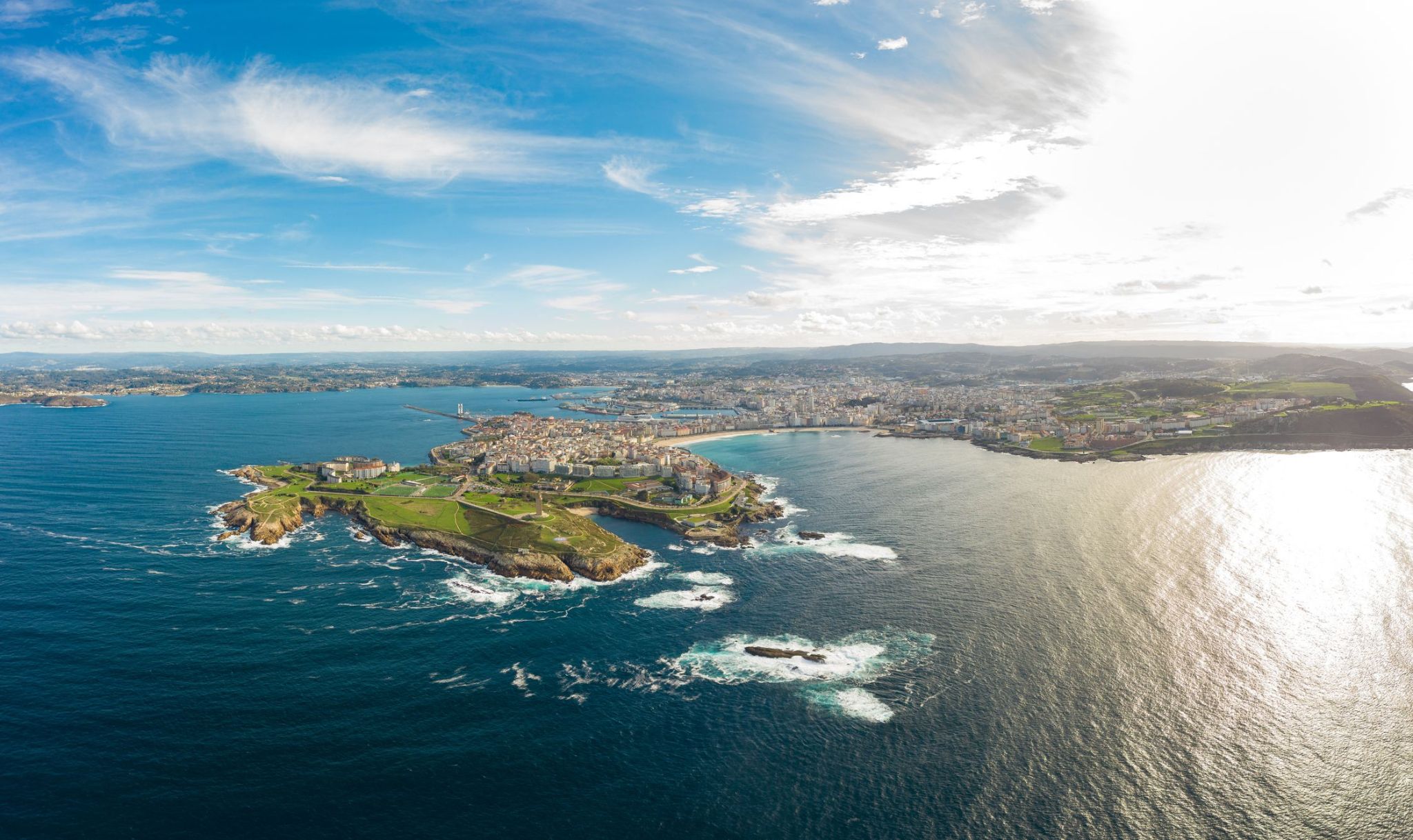
Podróżnicy odnajdują w La Coruña idealne miejsce do poczucia atmosfery atlantyckiego wybrzeża Hiszpanii, gdzie nowoczesne promenady spotykają się z historycznymi zabytkami i przytulnymi plażami. Miasto słynie z najstarszej działającej rzymskiej latarni morskiej na świecie – Wieży Herkulesa, zbudowanej prawie 2000 lat temu, która wciąż wskazuje drogę statkom. Można tu spacerować jedną z najdłuższych promenad w Europie, podziwiając oceaniczne widoki i świeży wiatr.
W La Coruña goście odkrywają bogatą galicyjską kulturę kulinarną z owocami morza, które serwowane są w tradycyjnych barach tapas oraz nowoczesnych restauracjach. Lokalne targi zachwycają świeżymi produktami, a życie kulturalne miasta wypełniają festiwale, wystawy i muzyka na żywo na ulicach. To miejsce oferuje podróżnym unikalne połączenie historycznej głębi, morskich krajobrazów i ciepłej hiszpańskiej atmosfery, pozostawiając po podróży poczucie lekkości i inspiracji.

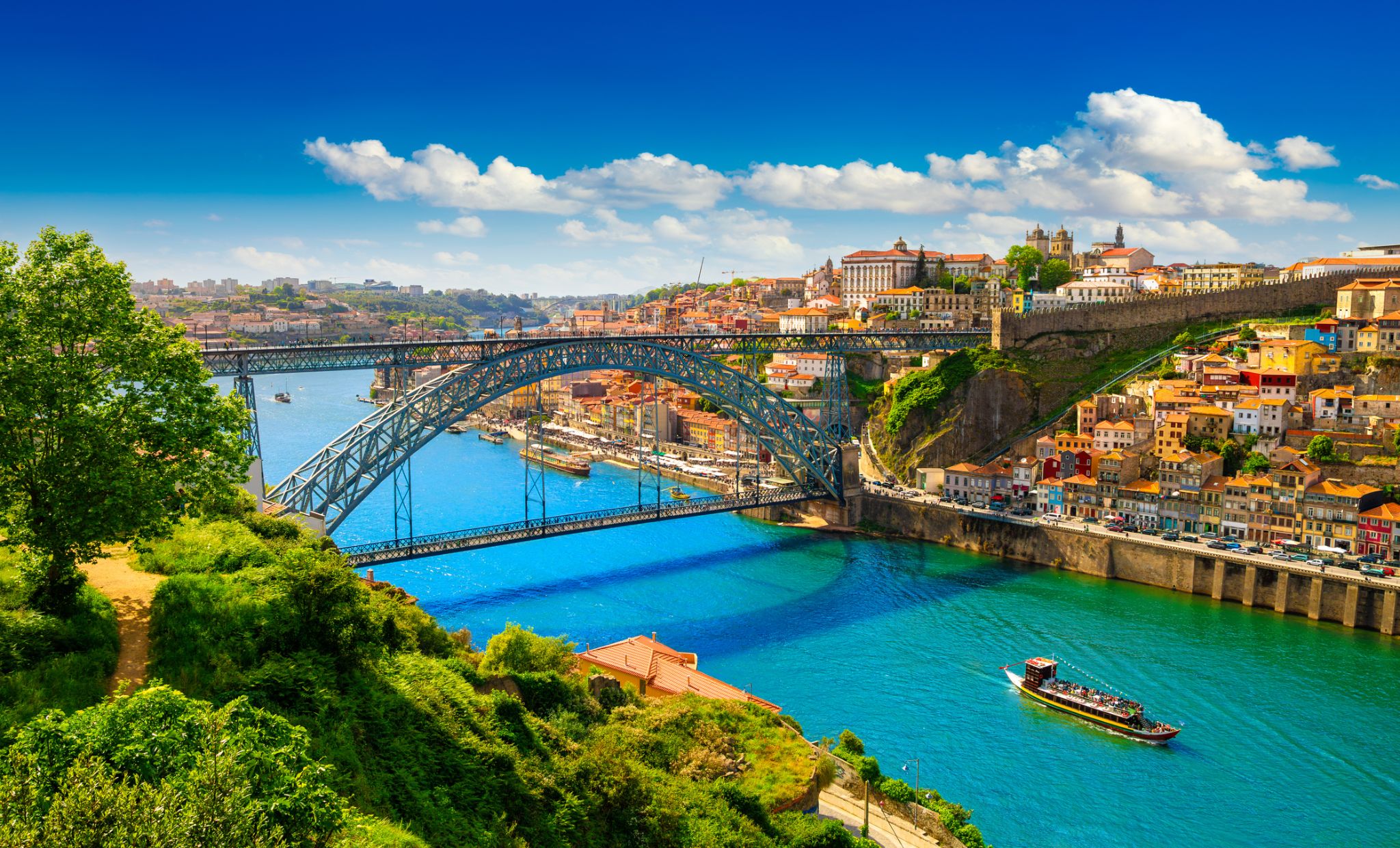
Порту является вторым по величине городом Португалии после Лиссабона и одним из крупных городских районов Пиренейского полуострова. Население самого города составляет 237 591 человек, а в столичном районе Порту, который выходит за административные пределы города, проживает 1,9 миллиона человек (2011 год) на площади 2 395 км2 (925 кв. Миль), что делает его вторым самый большой городской район в Португалии. Он признан глобальным городом гамма-уровня Исследовательской группой по глобализации и глобальным городам (GaWC), единственным португальским городом, кроме Лиссабона, который был признан глобальным городом.
Расположенный вдоль устья реки Дору на севере Португалии, Порту является одним из старейших европейских центров, и его историческое ядро было объявлено ЮНЕСКО объектом Всемирного наследия в 1996 году. Западная часть его городской территории простирается до береговой линии Атлантического океана. Его поселение датируется много веков, когда он был форпостом Римской империи. Его объединенное кельтско-латинское имя, Portus Cale, было названо происхождением названия «Португалия», основанного на транслитерации и устной эволюции от латыни. На португальском языке название города пишется с определенной статьей о Порту ; следовательно, его английское название произошло от неправильного толкования устного произношения и упоминается как Опорто в современной литературе и многими ораторами.
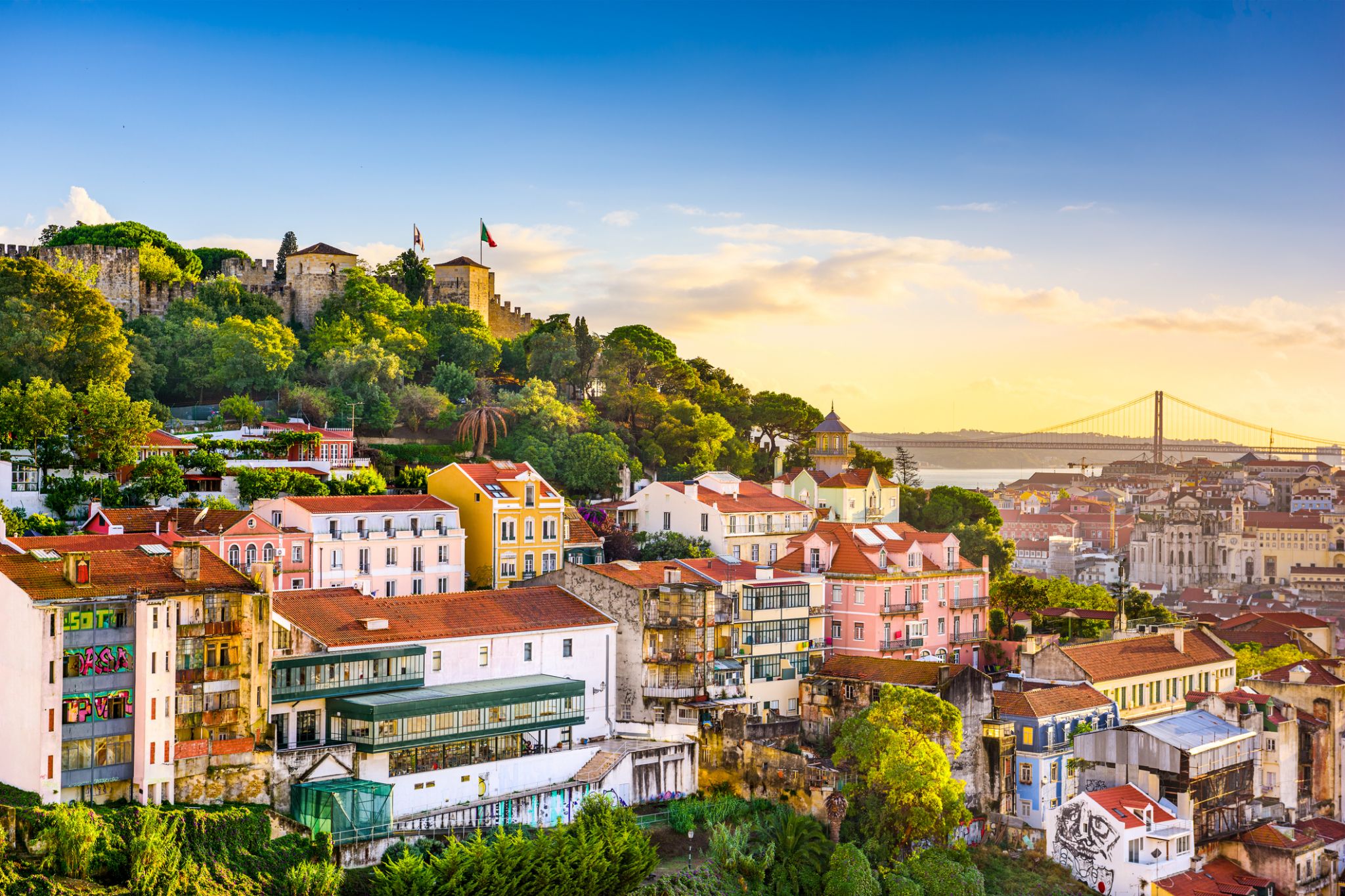
Lizbona jest stolicą i największym miastem Portugalii, z szacowaną populacją 505 526 mieszkańców w granicach administracyjnych na obszarze 100,05 km². Jej obszar miejski rozciąga się poza granice administracyjne miasta i liczy około 2,8 miliona mieszkańców, co czyni go jedenastym najbardziej zaludnionym obszarem miejskim w Unii Europejskiej. Około 3 milionów ludzi mieszka w aglomeracji lizbońskiej (która stanowi około 27% populacji kraju). Jest to najbardziej wysunięta na zachód stolica kontynentalnej Europy i jedyna położona nad Oceanem Atlantyckim. Lizbona leży na zachodnim Półwyspie Iberyjskim nad Oceanem Atlantyckim i rzeką Tag. Najbardziej wysunięte na zachód obszary jej aglomeracji tworzą najbardziej wysunięty na zachód punkt kontynentalnej Europy, znany jako Cabo da Roca, położony w górach Sintra.

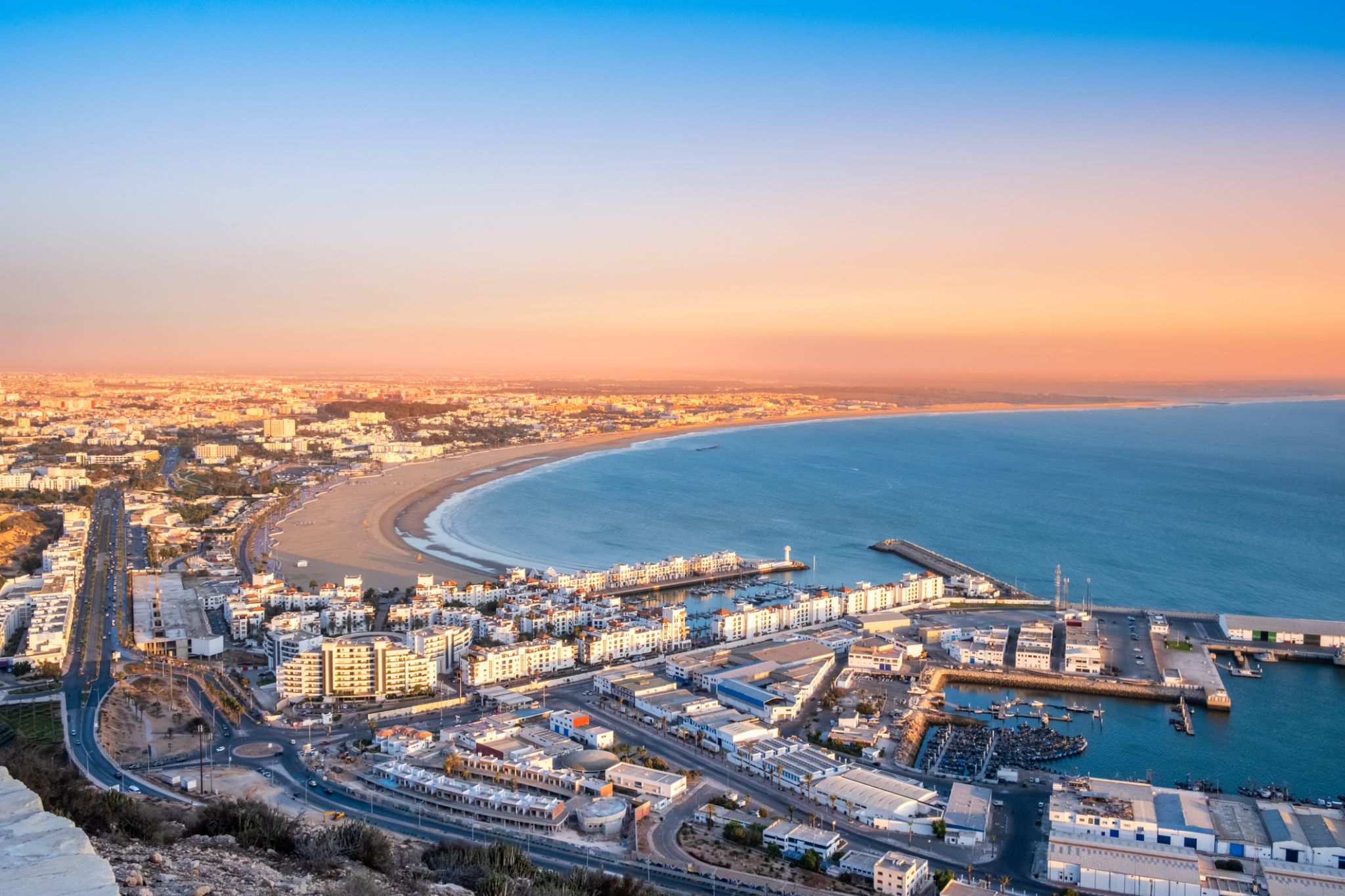
Agadir is the center of modern tourism in Morocco. Agadir Beach stretches for 10 km. The beautiful golden beach, surrounded by eucalyptus greenery and pine trees, is the most beautiful place among all Moroccan resorts. In Agadir, tourists will always find entertainment to their liking. Here you can ride camels or thoroughbred horses, play golf and tennis, smoke hookah, or experience all the delights of sea fishing. In the city's restaurants, you can taste the freshest and most delicious seafood, the assortment of which is simply magnificent: sea bass, sardines, tuna, shrimp, lobsters, crayfish. You can buy alcohol everywhere, but remember to do it before eight in the evening. And don't forget to visit the Medina of Agadir – a city built by an Italian architect. Inside the Medina, there are more than 30 shops and workshops.
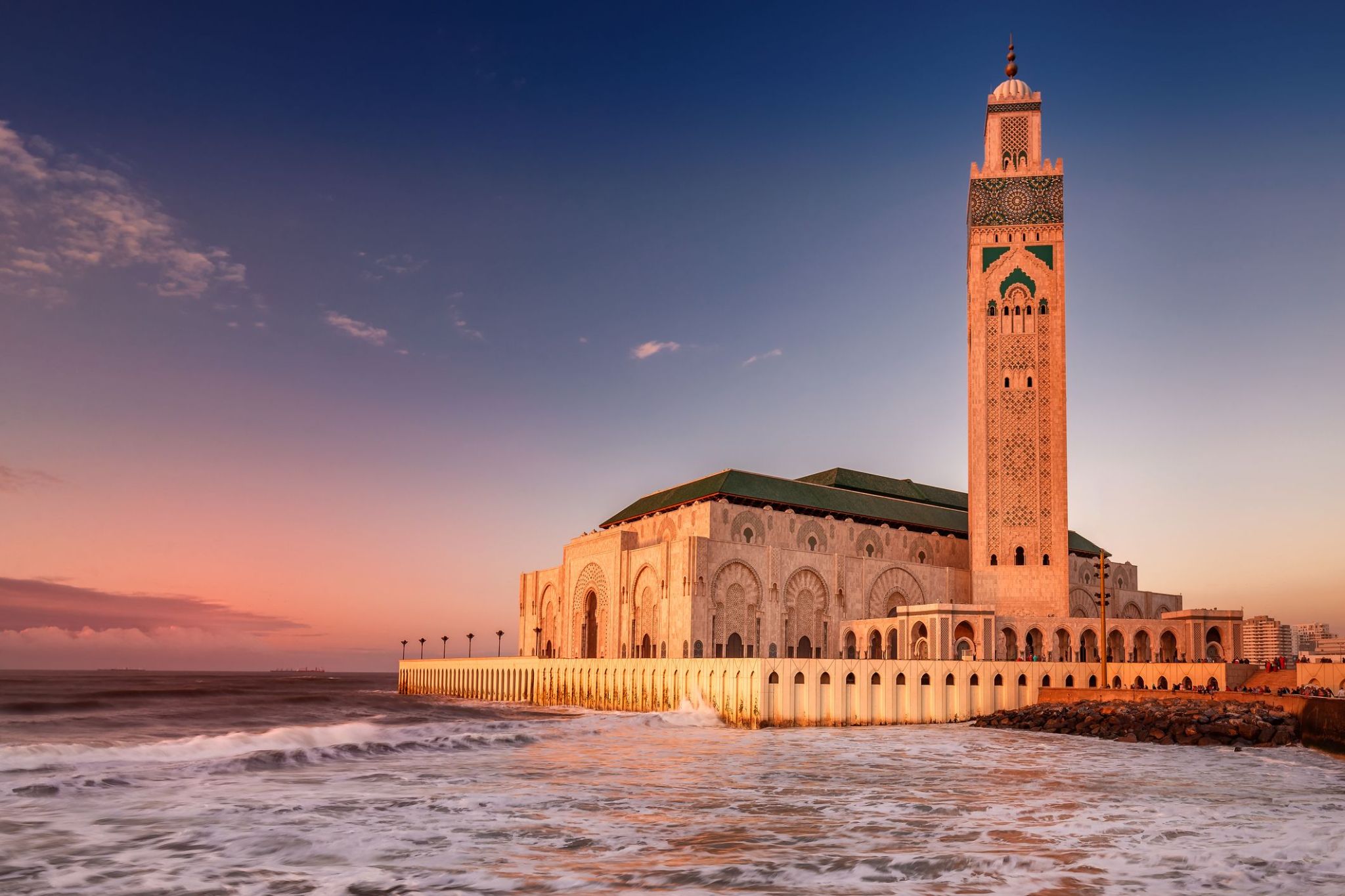
Casablanca położona jest w centralno-zachodniej części Maroka i graniczy z Oceanem Atlantyckim. Jest największym miastem Maroka. To także największe miasto regionu Maghrebu, a także jedno z największych i najważniejszych miast Afryki pod względem gospodarczym i demograficznym.
Casablanca jest głównym portem Maroka i jednym z największych centrów finansowych na kontynencie. Według szacunków z 2014 roku miasto liczy około 3,35 miliona mieszkańców na obszarze miejskim i ponad 6,8 miliona w regionie Casablanca-Settat. Casablanca uważana jest za gospodarcze i biznesowe centrum Maroka, podczas gdy polityczną stolicą kraju pozostaje Rabat.
Wiodące marokańskie firmy oraz liczne międzynarodowe korporacje działające w kraju mają swoje siedziby główne i główne zakłady przemysłowe w Casablanca. Najnowsze dane przemysłowe pokazują, że Casablanca zachowuje swoją historyczną rolę głównej strefy przemysłowej kraju. Port w Casablanca jest jednym z największych sztucznych portów na świecie i drugim co do wielkości portem w Afryce Północnej po Tanger-Med, 40 km na wschód od Tangeru. Casablanca jest także główną bazą morską Królewskiej Marynarki Wojennej Maroka.


Málaga is a municipality, capital of the Province of Málaga, in the Autonomous Community of Andalusia, Spain. With a population of 569,130 in 2015, it is the second-most populous city of Andalusia and the sixth-largest in Spain. The southernmost large city in Europe, it lies on the Costa del Sol (Coast of the Sun) of the Mediterranean, about 100 kilometres (62.14 miles) east of the Strait of Gibraltar and about 130 km (80.78 mi) north of Africa.
Málaga's history spans about 2,800 years, making it one of the oldest cities in the world. According to most scholars, it was founded about 770 BC by the Phoenicians as Malaka From the 6th century BC the city was under the hegemony of Ancient Carthage, and from 218 BC, it was ruled by the Roman Republic and then empire as Malaca (Latin). After the fall of the empire and the end of Visigothic rule, it was under Islamic rule as Mālaqah for 800 years, but in 1487, the Crown of Castille gained control after the Reconquista. The archaeological remains and monuments from the Phoenician, Roman, Arabic and Christian eras make the historic center of the city an "open museum", displaying its history of nearly 3,000 years.
This important cultural infrastructure and the artistic heritage have culminated in the nomination of Málaga as a candidate for the 2016 European Capital of Culture.
The painter and sculptor Pablo Picasso, Hebrew poet and Jewish philosopher Solomon Ibn Gabirol and the actor Antonio Banderas were born in Málaga. The magnum opus of Cuban composer Ernesto Lecuona, "Malagueña", is named after the music of this region of Spain.
The most important business sectors in Málaga are tourism, construction and technology services, but other sectors such as transportation and logistics are beginning to expand. The Andalusia Technology Park (PTA), located in Málaga, has enjoyed significant growth since its inauguration in 1992. Málaga is the main economic and financial centre of southern Spain, home of the region's largest bank, Unicaja, and the fourth-ranking city in economic activity in Spain behind Madrid, Barcelona and Valencia.
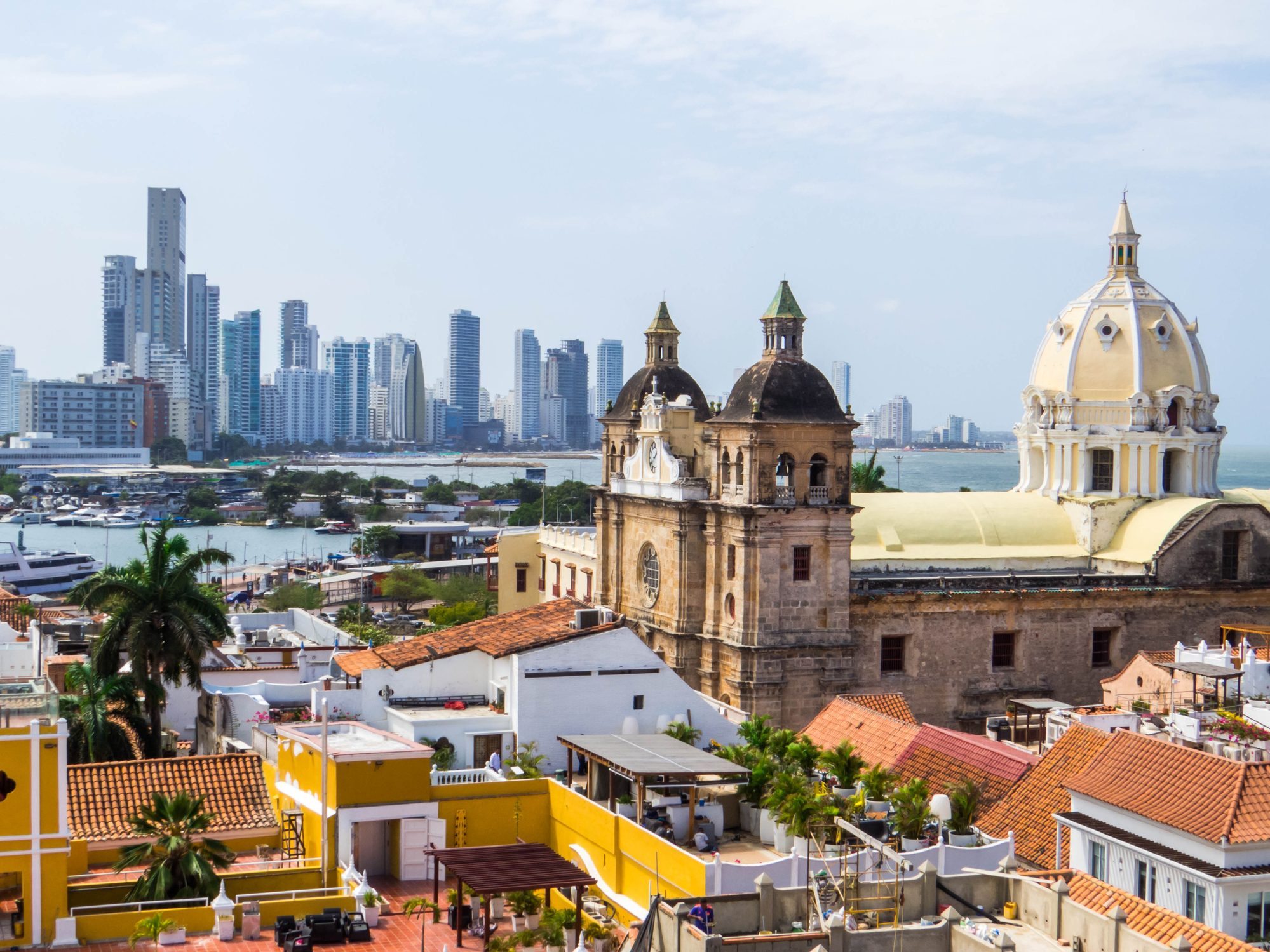
Starożytne mury forteczne, uliczni muzycy i karaibskie słońce tworzą niepowtarzalną atmosferę w Cartagenie (Bolívar) – perle kolumbijskiego wybrzeża. Miasto wpisane na listę światowego dziedzictwa UNESCO zachwyca kolonialną architekturą, uroczymi dziedzińcami i aromatem świeżo parzonej kawy z licznych kawiarni.
Zanurz się w tętniący życiem rytm Cartageny, spacerując brukowanymi uliczkami Starego Miasta, gdzie każdy zakątek kryje opowieści o piratach i hiszpańskich konkwistadorach. Zachód słońca przy starożytnej twierdzy Castillo San Felipe de Barajas to idealne zakończenie dnia pełnego kultury, historii i tropikalnego uroku.
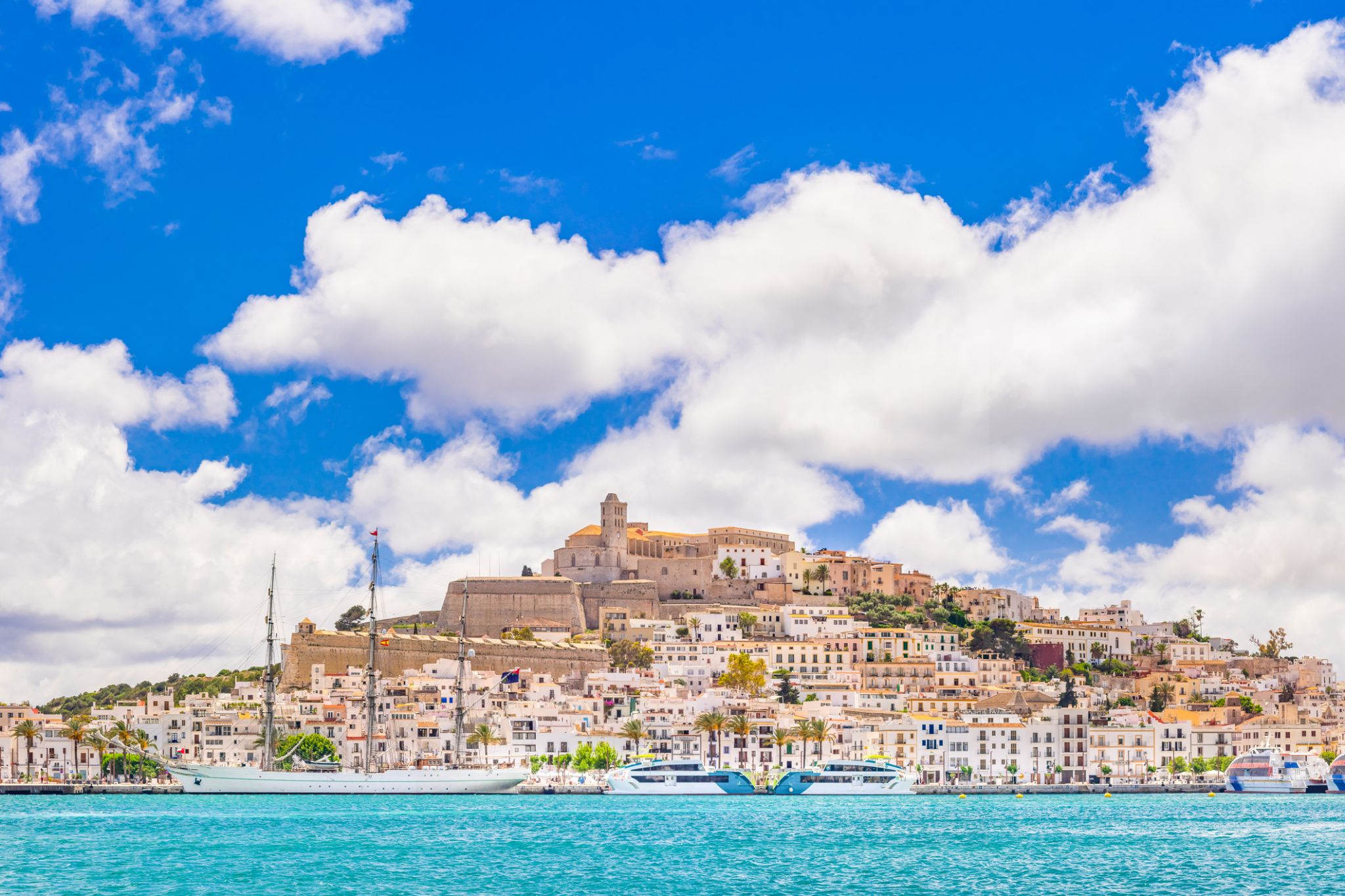
Ibiza to hiszpańska wyspa na Morzu Śródziemnym, należąca do archipelagu Balearów. Słynie z pięknych plaż, turkusowej wody i imprezowego życia nocnego. Miasto Ibiza i San Antonio to światowe stolice klubów, dyskotek i muzyki elektronicznej.
Wyspa oferuje jednak także spokojniejszą stronę – malownicze miasteczka, zatoczki i urokliwe plaże, idealne na relaks. Wpisana na listę UNESCO starówka Dalt Vila zachwyca średniowiecznymi murami i widokiem na port.
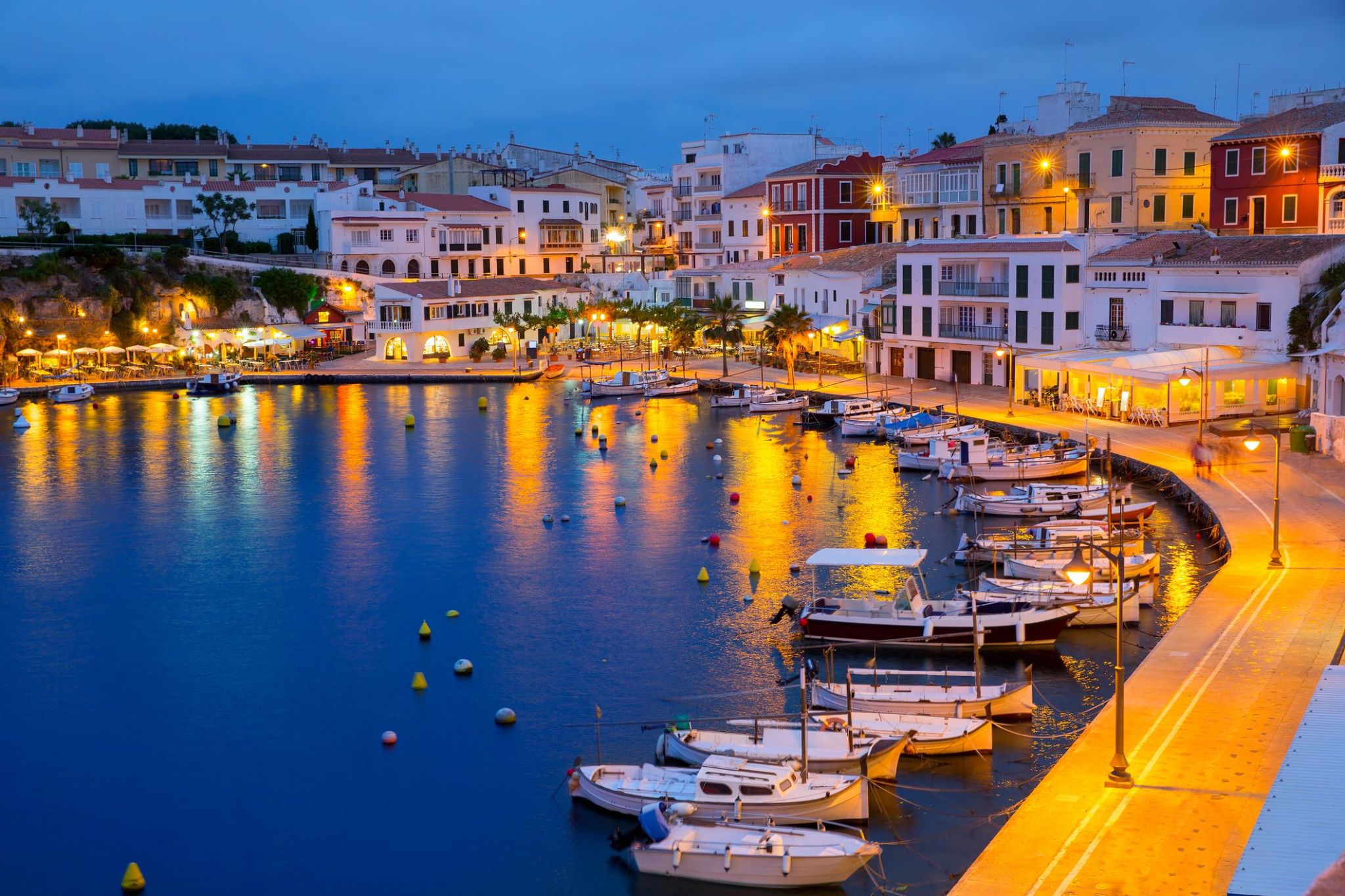
Lazurowe wody i historyczne fortyfikacje sprawiają, że Port Mahón na Minorce to wyjątkowe miejsce, które przyciąga podróżników z całego świata. Ten port uważany jest za jeden z najgłębszych naturalnych portów na świecie, a jego długość ponad 5 km pozwala podziwiać majestatyczne krajobrazy z promenad lub podczas rejsów łodzią. Po drodze można zobaczyć eleganckie budynki w stylu georgiańskim, przypominające o brytyjskich wpływach na wyspie, oraz przytulne kawiarnie z zapachem świeżo parzonej kawy i tradycyjnych menorcańskich ensaimadas.
Port Mahón oferuje wyjątkową możliwość połączenia rejsu łodzią z odkrywaniem zabytków, w tym starej twierdzy La Mola i małej wyspy ze szpitalem z XVIII wieku, na którą można dopłynąć łodzią. Dla miłośników atmosfery śródziemnomorskich miasteczek port oferuje wąskie uliczki z rzemieślniczymi sklepikami, świeże owoce morza w restauracjach nad wodą oraz poczucie spokoju, jakie Minorka daje każdemu gościowi.
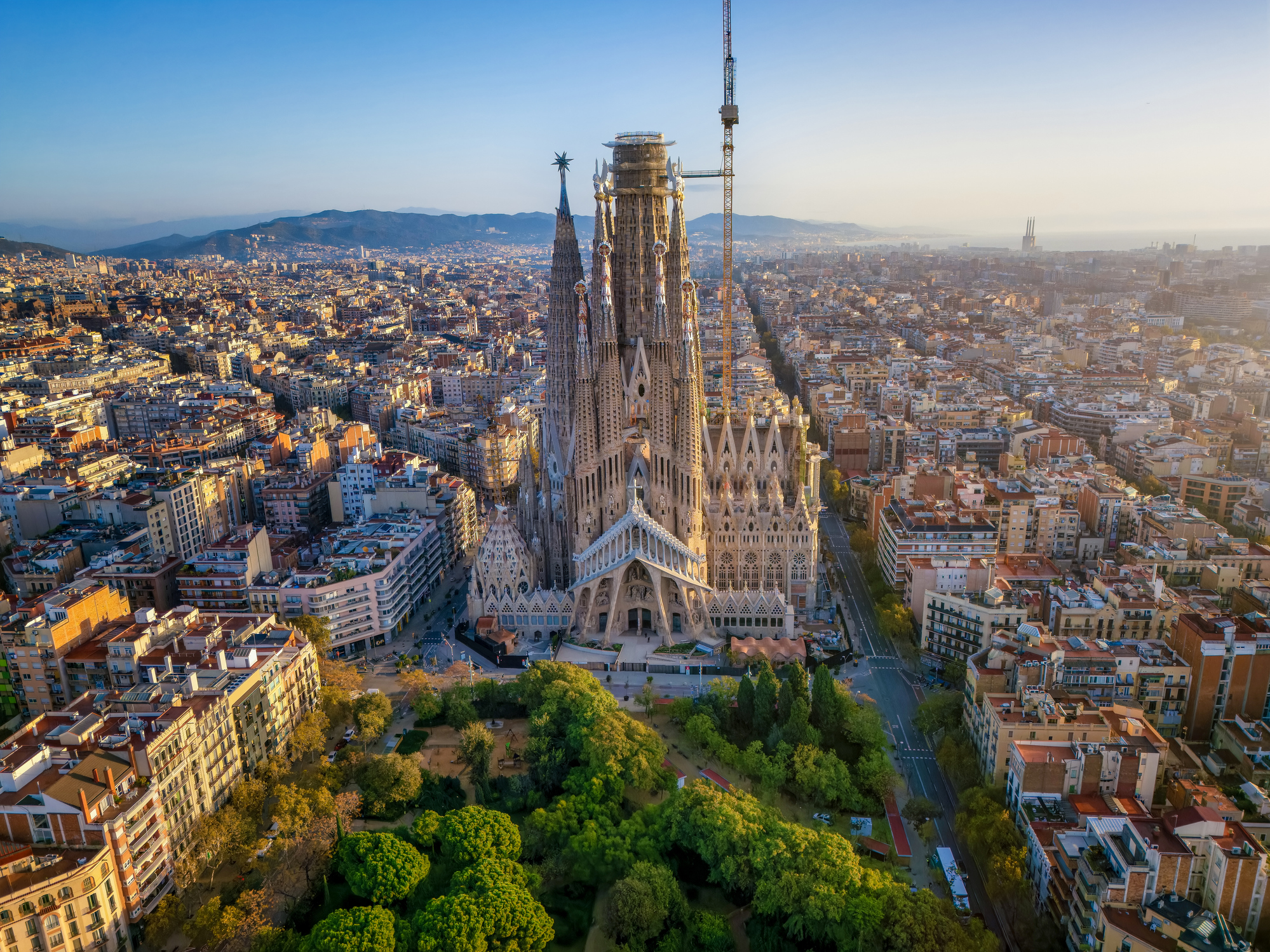
Mając reputację jednego z najatrakcyjniejszych miast w Europie, Barcelona świętuje swoją rolę stolicy Katalonii. Kosmopolityczna i międzynarodowa atmosfera miasta sprawia, że jest to ulubione miejsce wielu ludzi na całym świecie. Miasto jest szczególnie znane ze swojej architektury i sztuki – podróżnicy z całego świata przybywają, aby zobaczyć słynną Sagrada Familia i inne modernistyczne zabytki zaprojektowane przez Gaudiego.
Barcelona to miasto z licznymi i oryginalnymi możliwościami spędzania czasu wolnego, które sprawiają, że chcesz tu wracać. Położona na wybrzeżu Morza Śródziemnego Barcelona słynie z arcydzieł Gaudiego i architektury secesyjnej: jest jednym z najbardziej stylowych miast europejskich.
Miasto jest ośrodkiem nowych trendów w świecie kultury, mody i gastronomii. Dopełnieniem kreatywności artystów i projektantów jest ostrożne podejście do tradycyjnych placówek. Barcelona łączy w sobie urok i spokój historycznego centrum z awangardowymi nowoczesnymi dzielnicami i intensywnym tempem życia w jednym z najczęściej odwiedzanych miast na świecie.
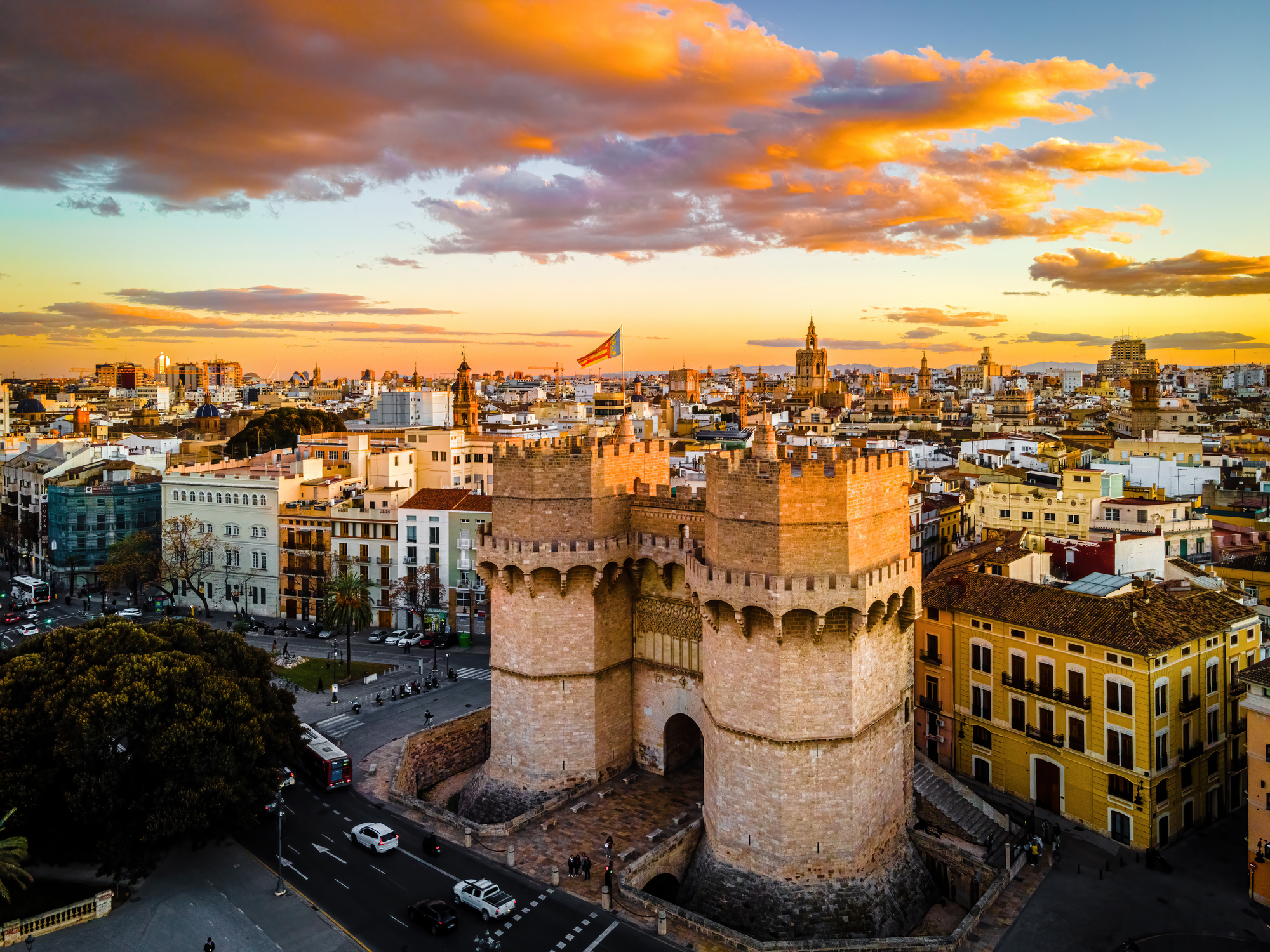
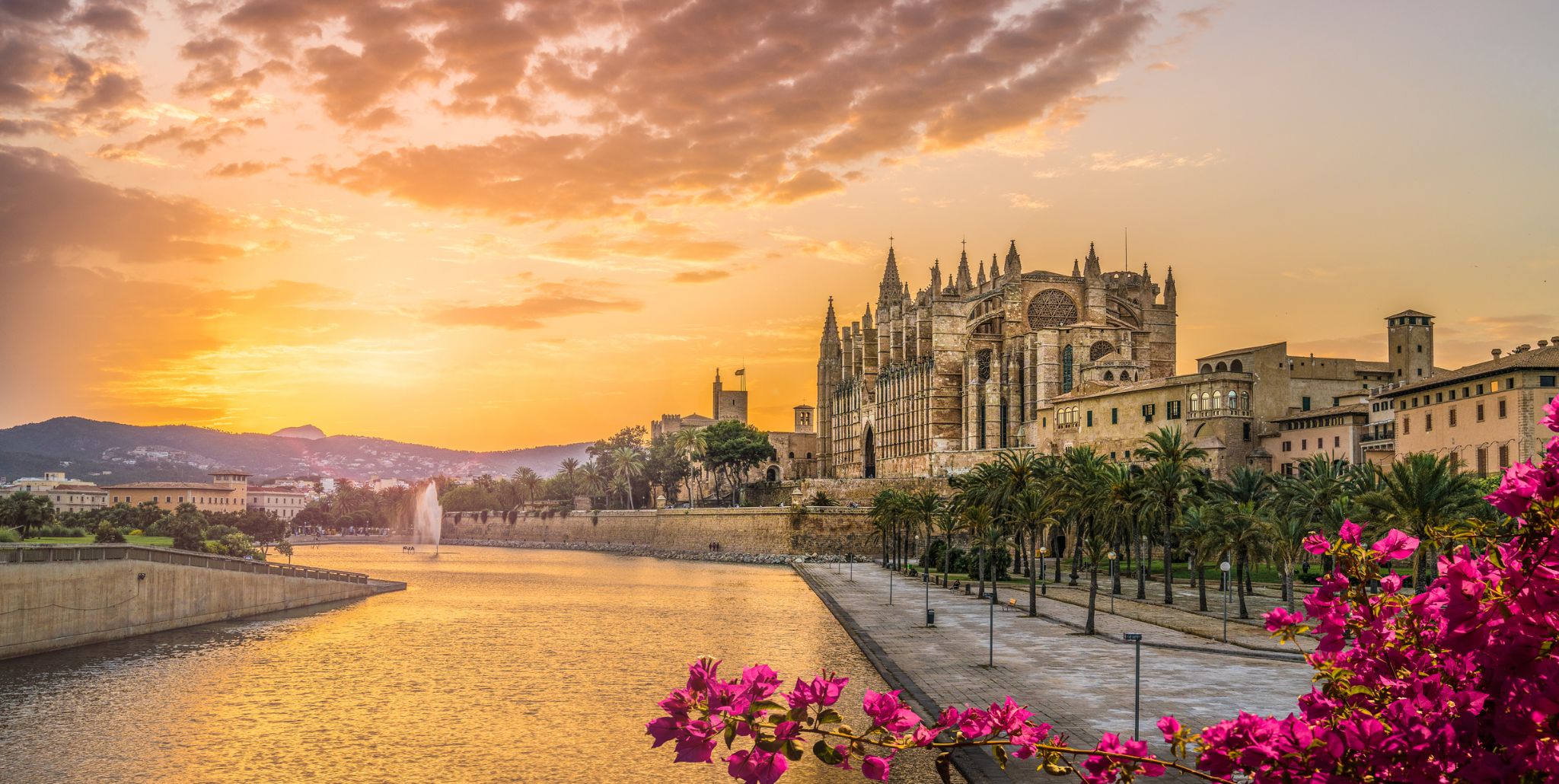
Mallorca is the largest island in the Balearic Islands, which are part of Spain and located in the Mediterranean. The native language, as on the rest of the Balearic Islands, is Catalan, which is co-official with Spanish.
The capital of the island, Palma, is also the capital of the autonomous community of the Balearic Islands. The Balearic Islands have been an autonomous region of Spain since 1983. There are two small islands off the coast of Mallorca: Cabrera (southeast of Palma) and Dragonera (west of Palma). The anthem of Mallorca is "La Balanguera".
Like the other Balearic Islands of Menorca, Ibiza and Formentera, the island is an extremely popular holiday destination, particularly for tourists from Germany and the United Kingdom. The international airport, Palma de Mallorca Airport, is one of the busiest in Spain; it was used by 28.0 million passengers in 2017, increasing every year since 2012.
The name derives from Classical Latin insula maior, "larger island". Later, in Medieval Latin, this became Maiorica, "the larger one", in comparison to Menorca, "the smaller one".
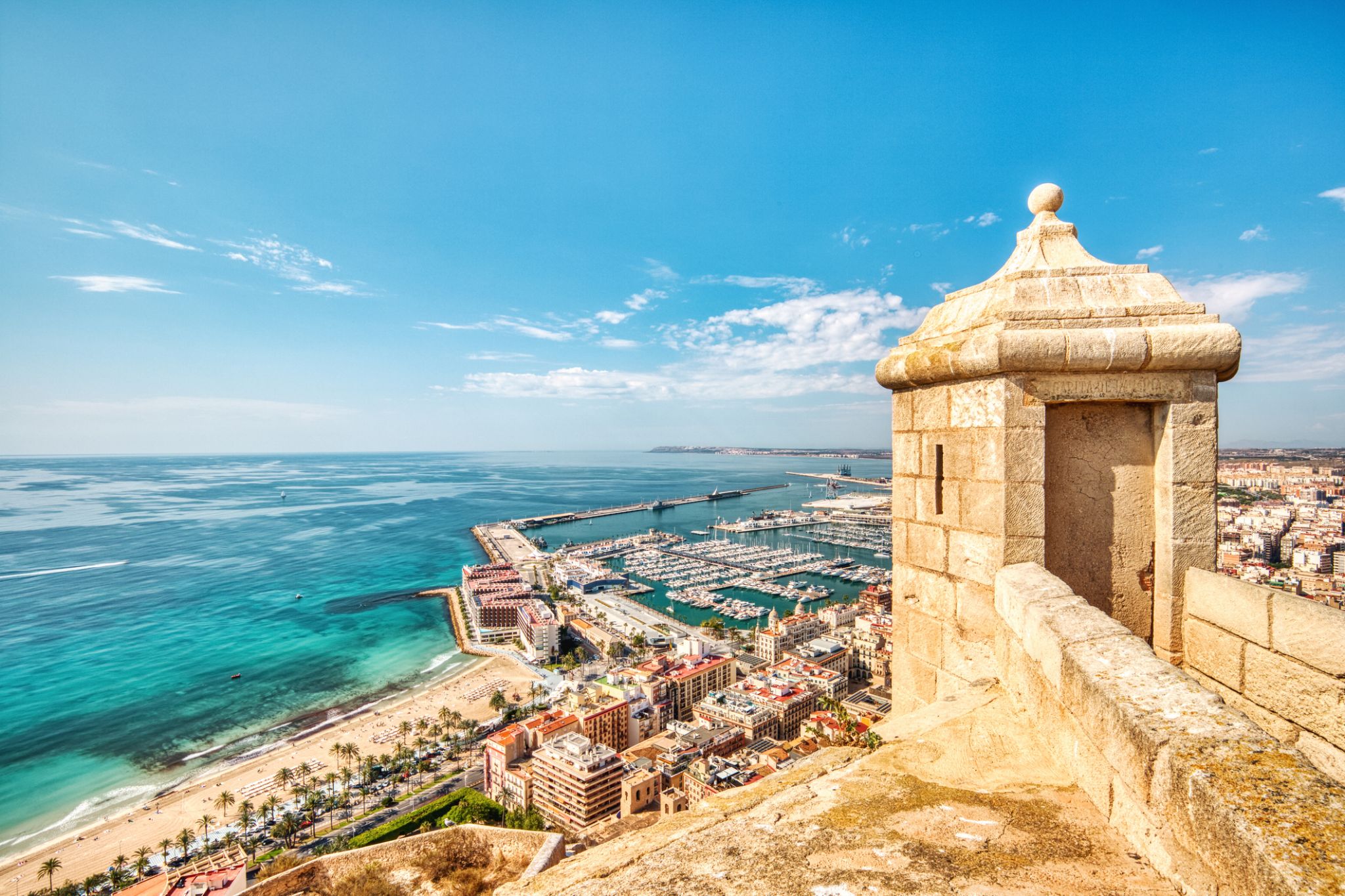
Alicante, or Alacant , both the Spanish and Valencian being official names, is a city and port in Spain on the Costa Blanca, the capital of the province of Alicante and of the comarca of Alacantí, in the south of the Valencian Community. It is also a historic Mediterranean port. The population of the city of Alicante proper was 330,525, estimated as of 2016, ranking as the second-largest Valencian city. Including nearby municipalities, the Alicante conurbation had 452,462 residents. The population of the metropolitan area (including Elche and satellite towns) was 757,085 as of 2014 estimates, ranking as the eighth-largest metropolitan area of Spain.

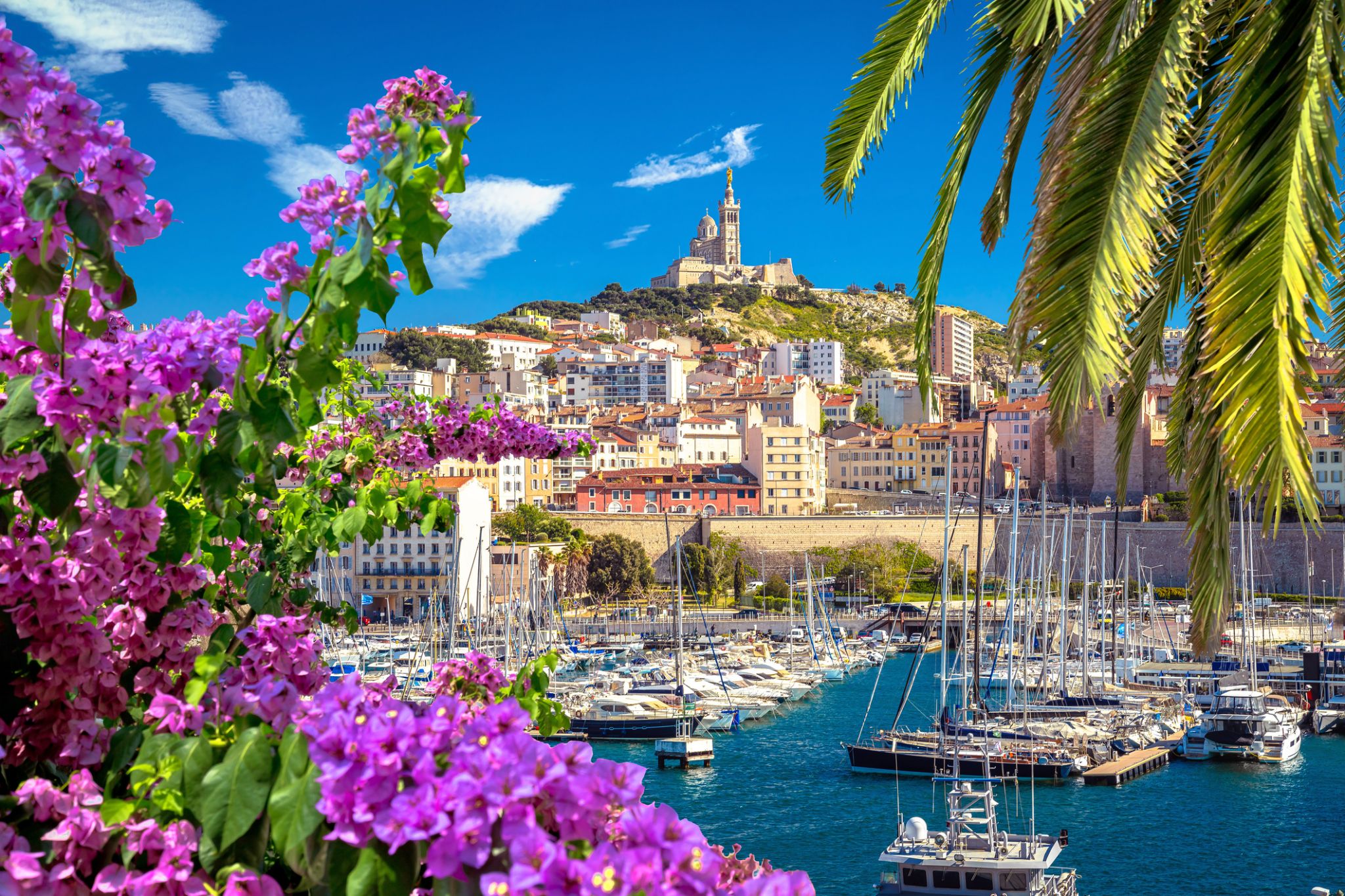
Witamy w gościnnym Prowansie! Bramą do tego regionu jest Marsylia – miasto „Marsylianki”, hymnu Francji, oraz słynnego Zamku If. Symbolem Marsylii jest bazylika Notre-Dame de la Garde. Latem można wziąć udział w oprowadzaniu po francusku (3 EUR), a dopłacając 5 EUR wejść na dach, skąd rozciąga się wspaniała panorama miasta. W pobliżu znajduje się opactwo św. Wiktora z ciekawymi katakumbami.
Rejs turystycznym statkiem na Wyspy Frioul pozwala zobaczyć Zamek If – znany z powieści o hrabim Monte Christo. Kulturalnym sercem Marsylii są Cours Julien i plac Jeana Jaurèsa – pełne księgarni, alternatywnych sklepów, klubów i kawiarni. Dwa razy w tygodniu odbywa się tu wielki targ (czwartek i sobota). Wśród atrakcji miasta znajdują się liczne muzea, galerie i dzieła architektury, a także malownicze zatoki zwane kalankami, uznawane za francuskie fiordy.

Saint-Tropez is a town on the French Riviera, 100 kilometres (62 miles) west of Nice in the Var department of the Provence-Alpes-Côte d'Azur region of southeastern France.
Saint-Tropez was a military stronghold and fishing village until the beginning of the 20th century. It was the first town on this coast to be liberated during World War II as part of Operation Dragoon. After the war, it became an internationally known seaside resort, renowned principally because of the influx of artists of the French New Wave in cinema and the Yé-yé movement in music. It later became a resort for the European and American jet set and tourists.
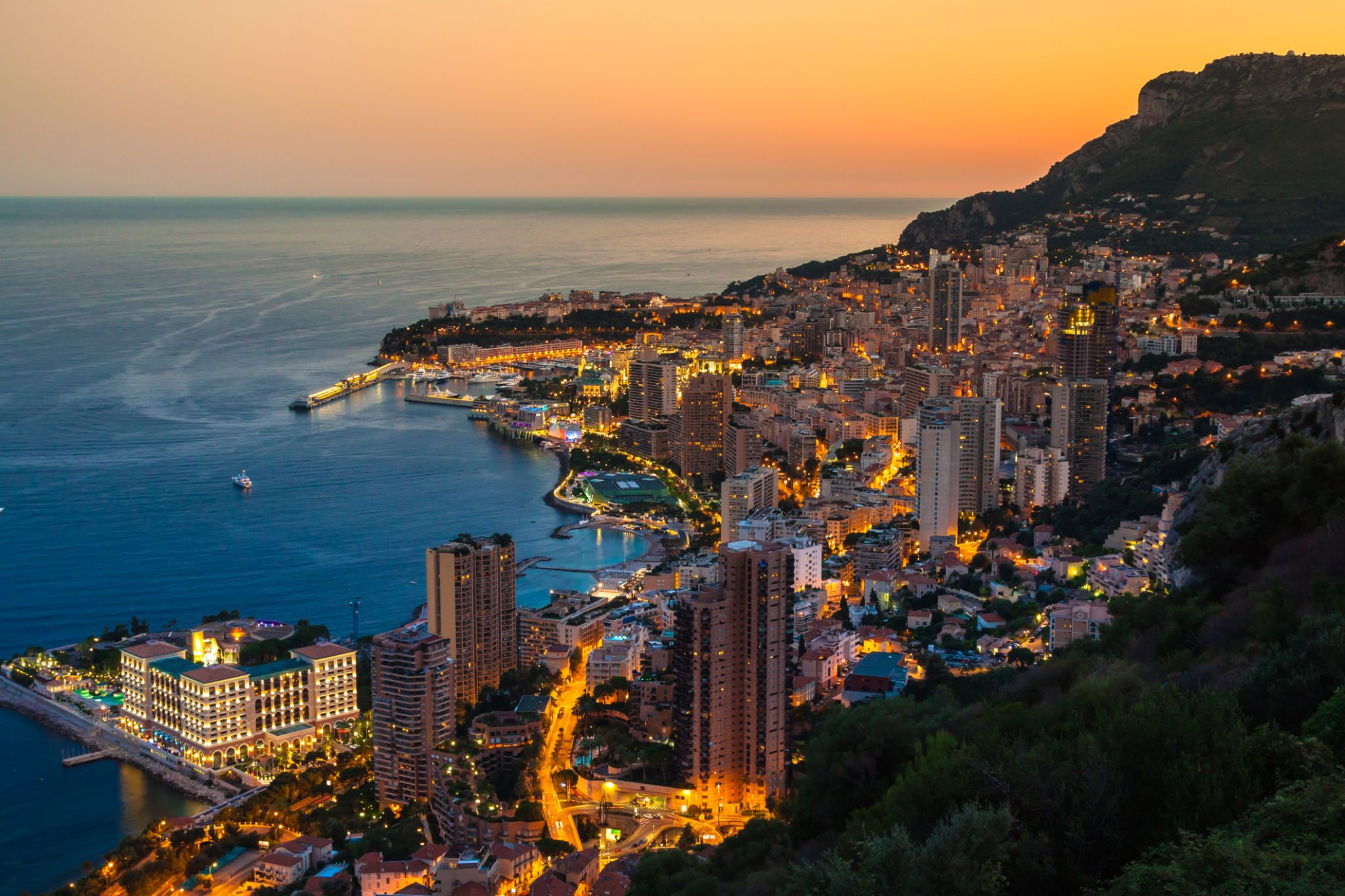
Monte Carlo officially refers to an administrative area of the Principality of Monaco, specifically the ward of Monte Carlo/Spélugues, where the Monte Carlo Casino is located. Informally the name also refers to a larger district, the Monte Carlo Quarter (corresponding to the former municipality of Monte Carlo), which besides Monte Carlo/Spélugues also includes the wards of La Rousse/Saint Roman, Larvotto/Bas Moulins, and Saint Michel. The permanent population of the ward of Monte Carlo is about 3,500, while that of the quarter is about 15,000. Monaco has four traditional quarters. From west to east they are: Fontvieille (the newest), Monaco-Ville (the oldest), La Condamine, and Monte Carlo.
Monte Carlo (literally "Mount Charles") is situated on a prominent escarpment at the base of the Maritime Alpsalong the French Riviera. Near the quarter's western end is the world-famous Place du Casino, the gamblingcenter which has made Monte Carlo "an international byword for the extravagant display and reckless dispersal of wealth". It is also the location of the Hôtel de Paris, the Café de Paris, and the Salle Garnier (the casino theatre which is the home of the Opéra de Monte-Carlo).
The quarter's eastern part includes the community of Larvotto with Monaco's only public beach, as well as its new convention center (the Grimaldi Forum), and the Monte-Carlo Bay Hotel & Resort. At the quarter's eastern border, one crosses into the French town of Beausoleil (sometimes referred to as Monte-Carlo-Supérieur), and just 8 kilometres (5 mi) to its east is the western border of Italy.


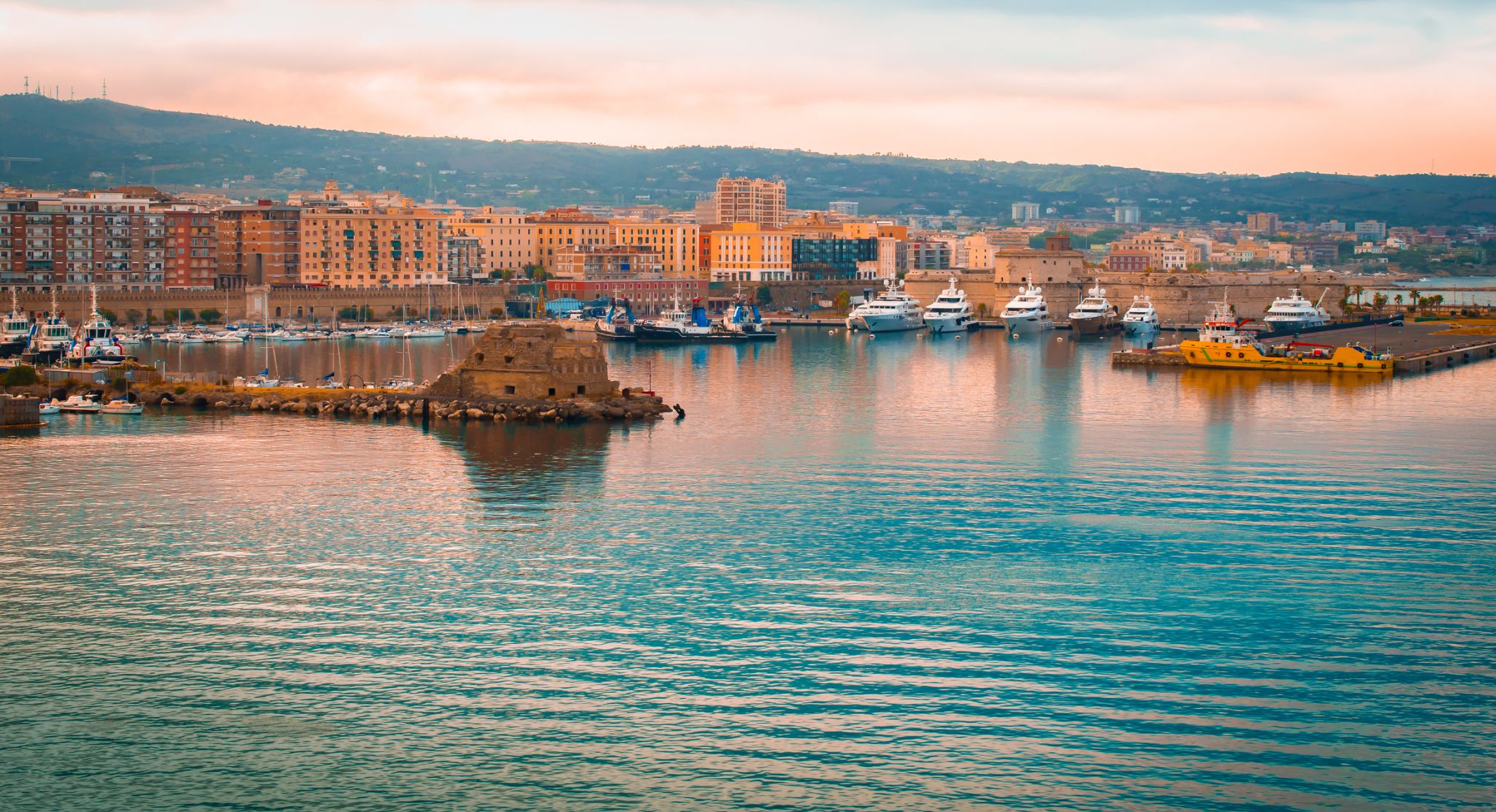
Rzym – jedno z najstarszych miast świata, niegdyś stolica Cesarstwa Rzymskiego, dziś stolica Włoch. Położony na siedmiu wzgórzach nad Tybrem, zachwyca pięknem i majestatem, którego nie da się oddać słowami – trzeba tu być. Każda rzeźba, fontanna czy budowla to dzieło sztuki pozostawione przez dawnych mistrzów. Najsłynniejsze atrakcje, które przyciągają turystów, to Koloseum – miejsce dawnych walk gladiatorów, Fontanna di Trevi, Schody Hiszpańskie, Bazylika św. Piotra – największy kościół Europy, a także Fora Cesarskie i Forum Romanum.

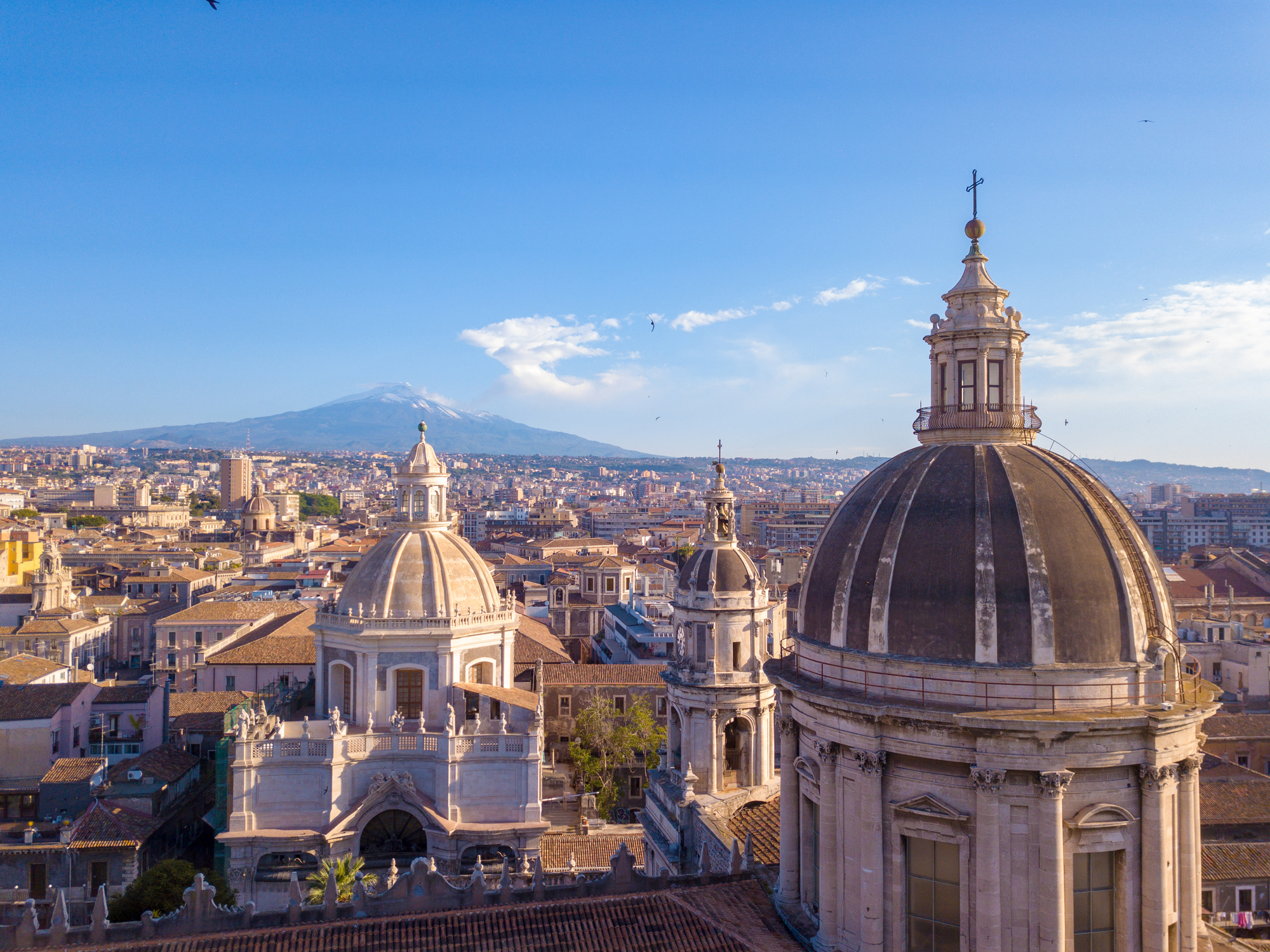
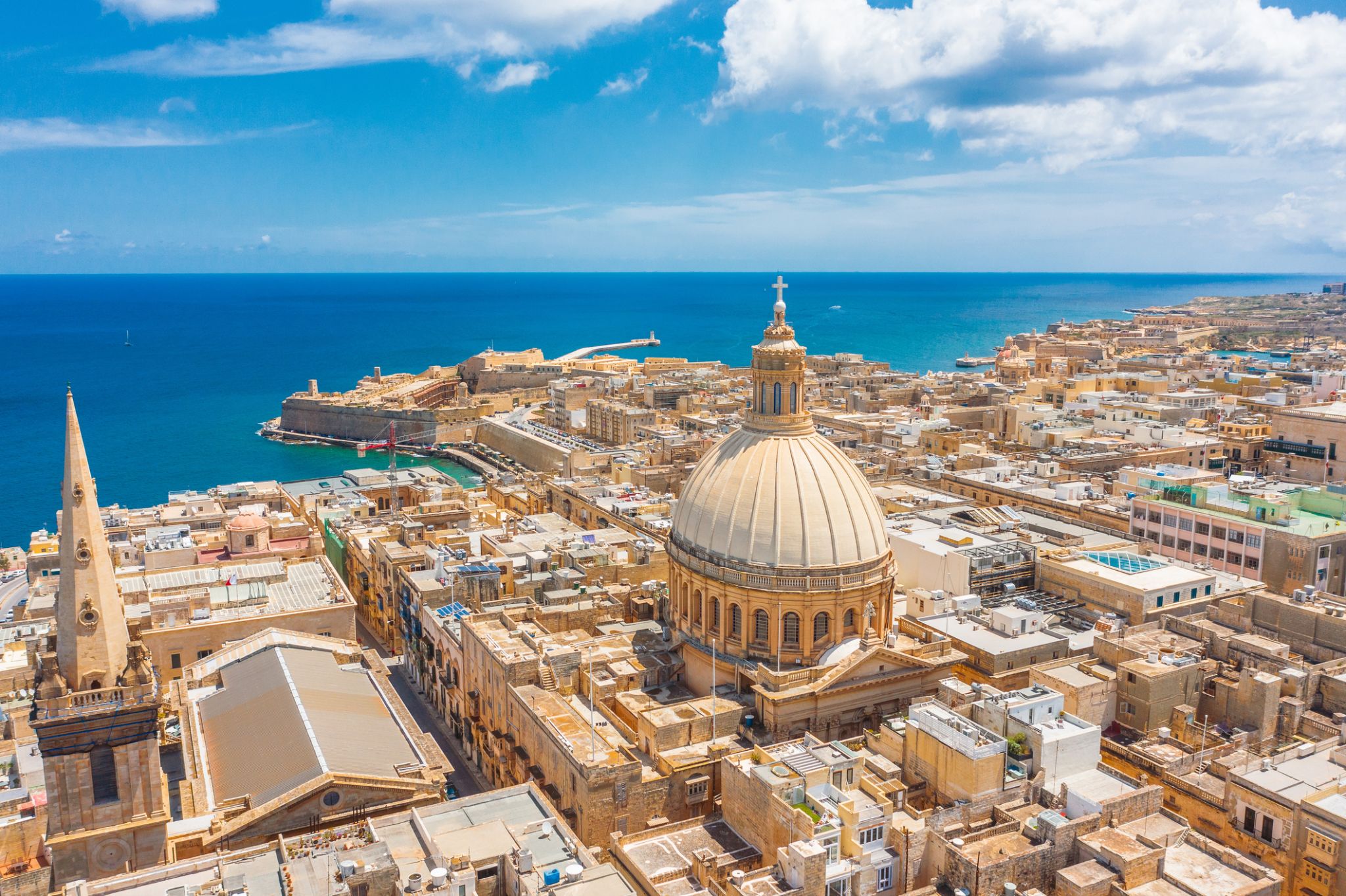
The capital of Malta - Valletta , is the first and almost the only city in Europe, which was once designed by architects and built according to all the rules and norms of construction. Valletta is considered to be one of the most beautiful cities on the Mediterranean. Klaipeda is on the list of the few remaining fortified towns. The center of the city is the Palace of the Grand Master of the Order of Malta, and today the residence of the President of the country, here is the seat of the Maltese Parliament. The list of places to visit in Valletta includes the Castilla Palace, the Admiralty (where the National Museum of Fine Arts is now located, with the largest painting collection in the country), a charming place in the city - the beautiful Hastings Gardens, and this is not the whole list of the riches of the capital of Malta .



Milos, najbardziej na południe wysunięta wyspa Zachodnich Cyklad, wyróżnia się wulkanicznym krajobrazem i bogatymi zasobami mineralnymi. Słynie z koronkowego wybrzeża, oferującego ponad 75 plaż z krystalicznie czystą turkusową wodą i kolorowymi, monumentalnymi klifami.
Dzięki wulkanicznemu pochodzeniu, Milos zachwyca różnorodnością krajobrazów. W pobliżu znajdują się plaże z nieskazitelnym białym piaskiem oraz zatoczki z kamienistym dnem, otoczone białymi, czerwonymi, żółtymi, a nawet czarnymi skałami.
Wyspa zyskała światową sławę w XIX wieku dzięki odkryciu posągu Wenus z Milo, który obecnie znajduje się w Luwrze. Główny port, Adamas, dysponuje jednym z najbardziej niezawodnych naturalnych portów w Morzu Egejskim. To malownicze miasteczko oferuje brukowane uliczki, białe domy z balkonami pełnymi kwiatów oraz pachnące krzewy "armirikia" (solanki), uwiecznione przez poetów. Warto odwiedzić muzeum minerałów wyspy, które posiada bogatą ekspozycję minerałów.
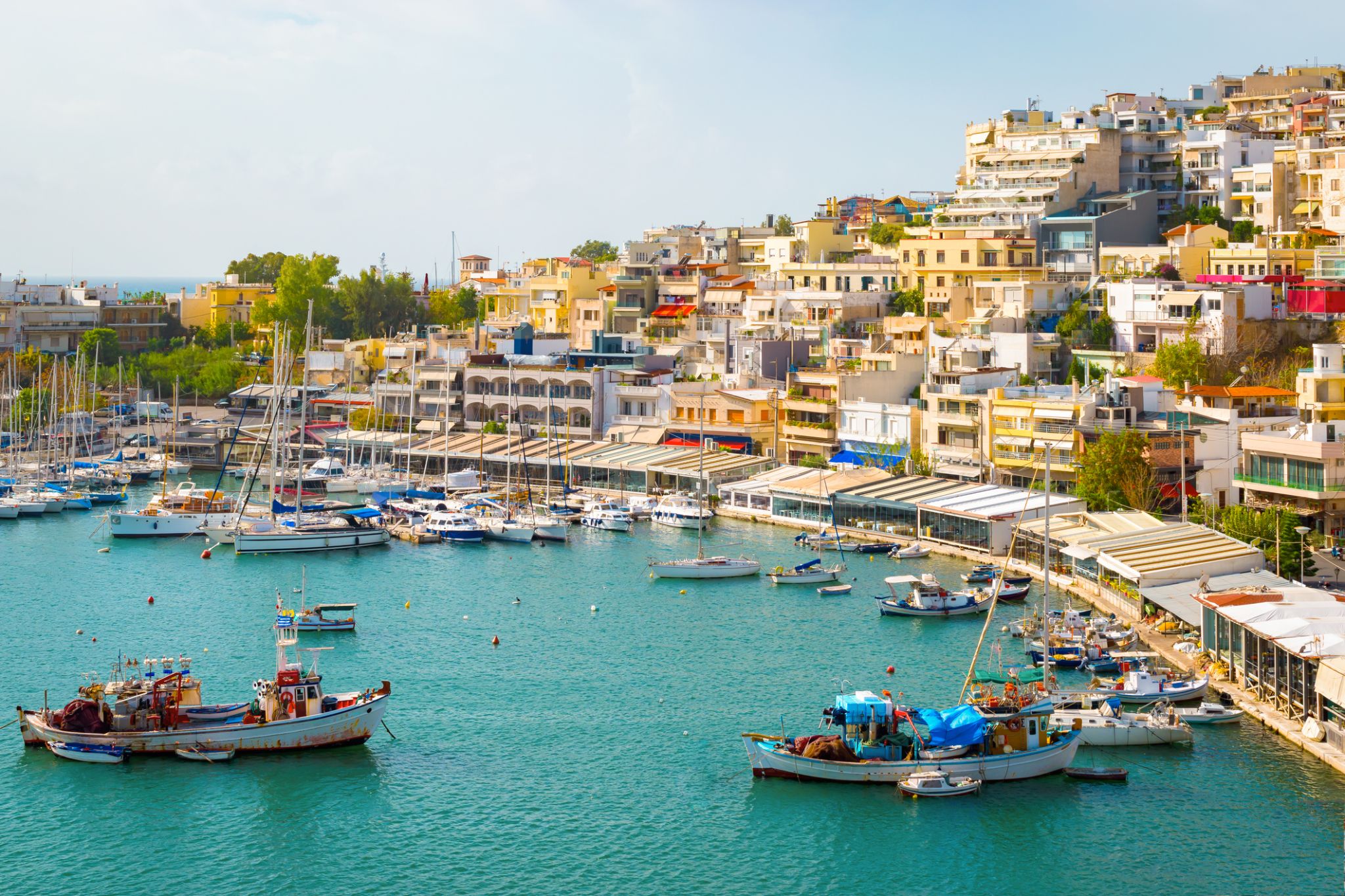
Pireus to stare miasto portowe, będące portem Aten i jednocześnie największym portem Grecji w dniu dzisiejszym. Pireus stanowi część wielkich Aten, które mogą poszczycić się bogactwem atrakcji, w tym unikalnymi zabytkami narodowej sztuki plastycznej.
Ponad dwieście muzeów i galerii, w tym Muzeum Historii Uniwersytetu, Muzeum Archeologiczne Keramejkos i wiele innych, gościnnie powita Państwa w swoich murach i zapozna z kulturą tej okolicy.

Volos (Greek: Βόλος) is a coastal port city in Thessaly situated midway on the Greek mainland, about 330 kilometres (205 miles) north of Athens and 220 kilometres (137 miles) south of Thessaloniki. It is the capital of the Magnesiaregional unit. Volos is the only outlet to the sea from Thessaly, the country's largest agricultural region. With a population of 144,449 (2011), it is an important industrial centre, while its port provides a bridge between Europe, the Middle East and Asia.
Volos is the newest of the Greek port cities, with a large proportion of modern buildings erected following the catastrophic earthquakes of 1955. It includes the municipal units of Volos, Nea Ionia and Iolkos, as well as smaller suburban communities. The economy of the city is based on manufacturing, trade, services and tourism. Home to the University of Thessaly, the city also offers facilities for conferences, exhibitions and major sporting, cultural and scientific events. Volos participated in the 2004 Olympic Games, and the city has since played host to other athletic events, such as the European Athletic Championships. Volos hosted the 7th International Olympiad on Astronomy and Astrophysics from 27 July to 5 August 2013.
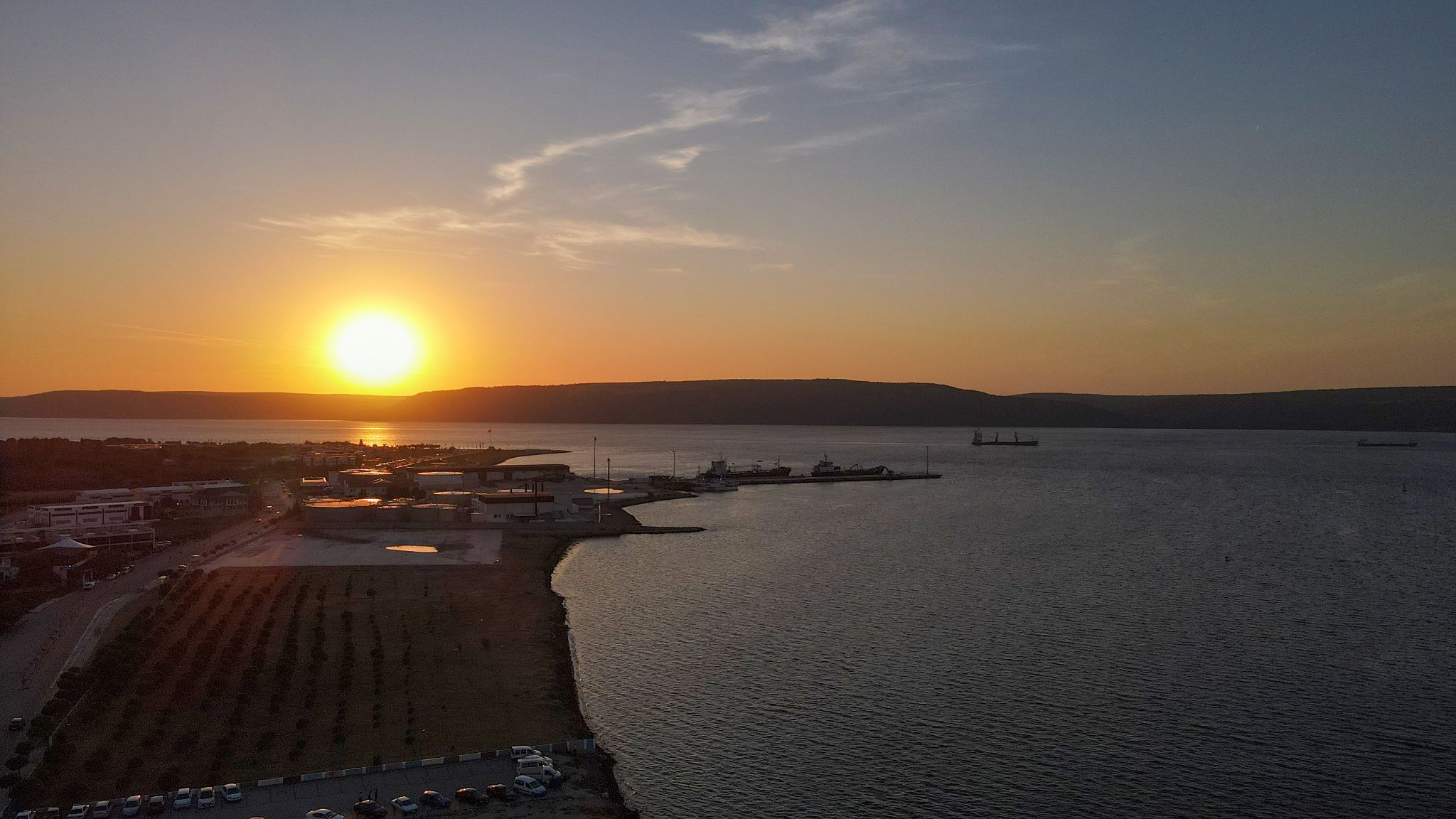
Kepez to nadmorskie miasto w prowincji Çanakkale w Turcji, położone 3 km od centrum miasta Çanakkale. Według danych z 2010 roku liczba ludności wynosiła 11 744 osoby. Na południe od Kepez znajdowało się starożytne miasto Dardanos. Na północ od niego znajduje się kurhan Dardanos, gdzie pod koniec 1959 roku przypadkowo odkryto wejście do monumentalnego grobowca. Grobowiec zbudowany był z precyzyjnie obrobionych kamiennych bloków i składa się z krytego dromosu o długości 5,20 m, przedsionka i komory grobowej.
Çanakkale, co dosłownie oznacza „twierdza garncarzy”, zasłynęło z rzemiosła garncarskiego. Dogodne położenie nad cieśniną Dardanele przyniosło mu przydomek „Brama Wybrzeża Egejskiego” – według legendy to właśnie tutaj przeprawiał się Aleksander Wielki, a później armia osmańska.
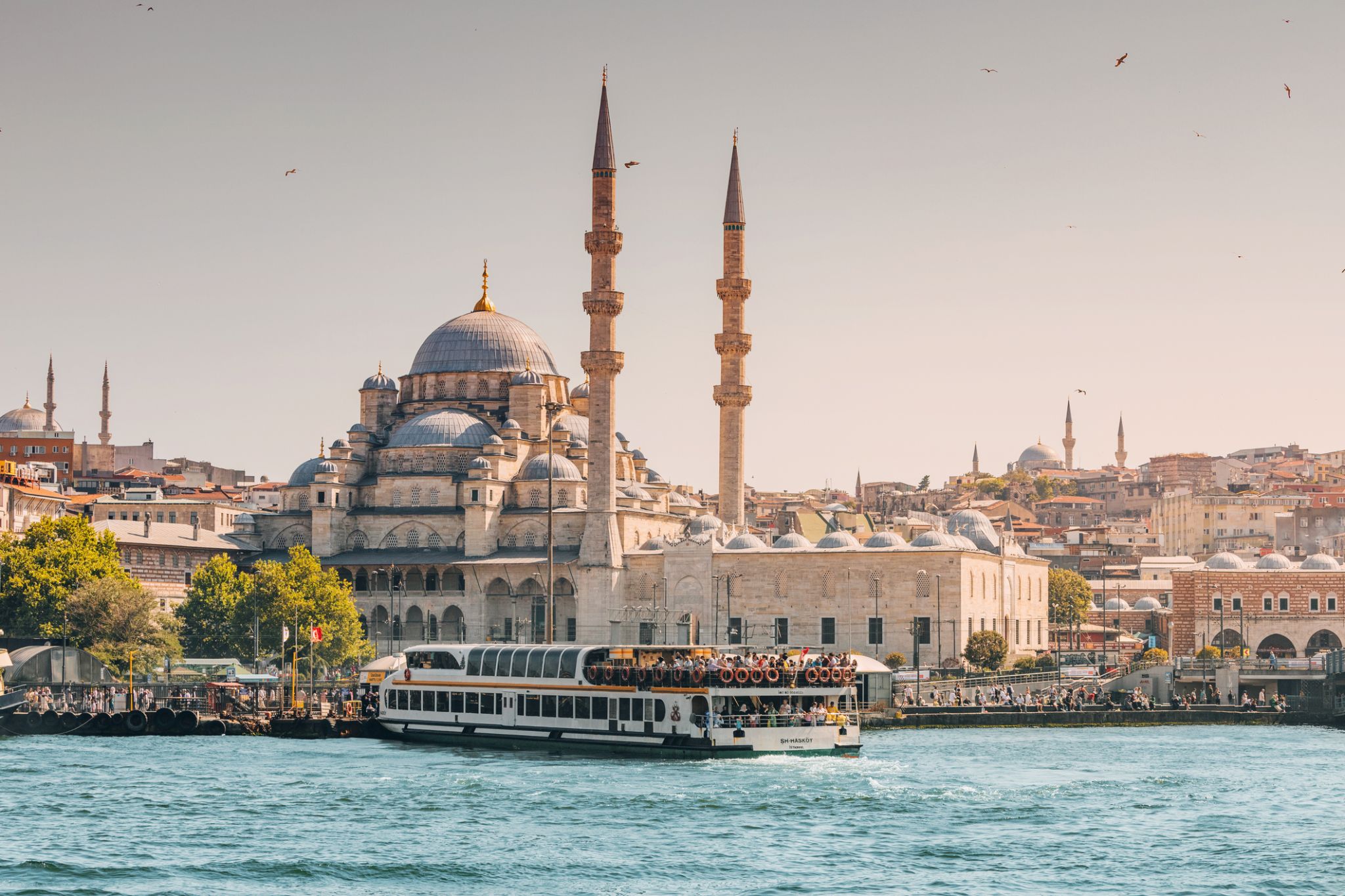
Stambuł – największe miasto Turcji, położone nad Bosforem. Do 1930 roku znane jako Konstantynopol, było stolicą Imperium Rzymskiego, Bizantyjskiego, Łacińskiego i Osmańskiego. W mieście i jego okolicach zachowały się zabytki dawnych cywilizacji, świątynie, pałace i fortyfikacje. Dziś Stambuł to ważne centrum kultury, handlu i przemysłu. Turyści przyjeżdżają tu nie tylko, by zobaczyć historyczne pomniki, ale też zrobić zakupy na słynnych tureckich bazarach, gdzie można kupić przyprawy, biżuterię, antyki czy kolorowe fajki wodne i oczywiście potargować się jak miejscowi.